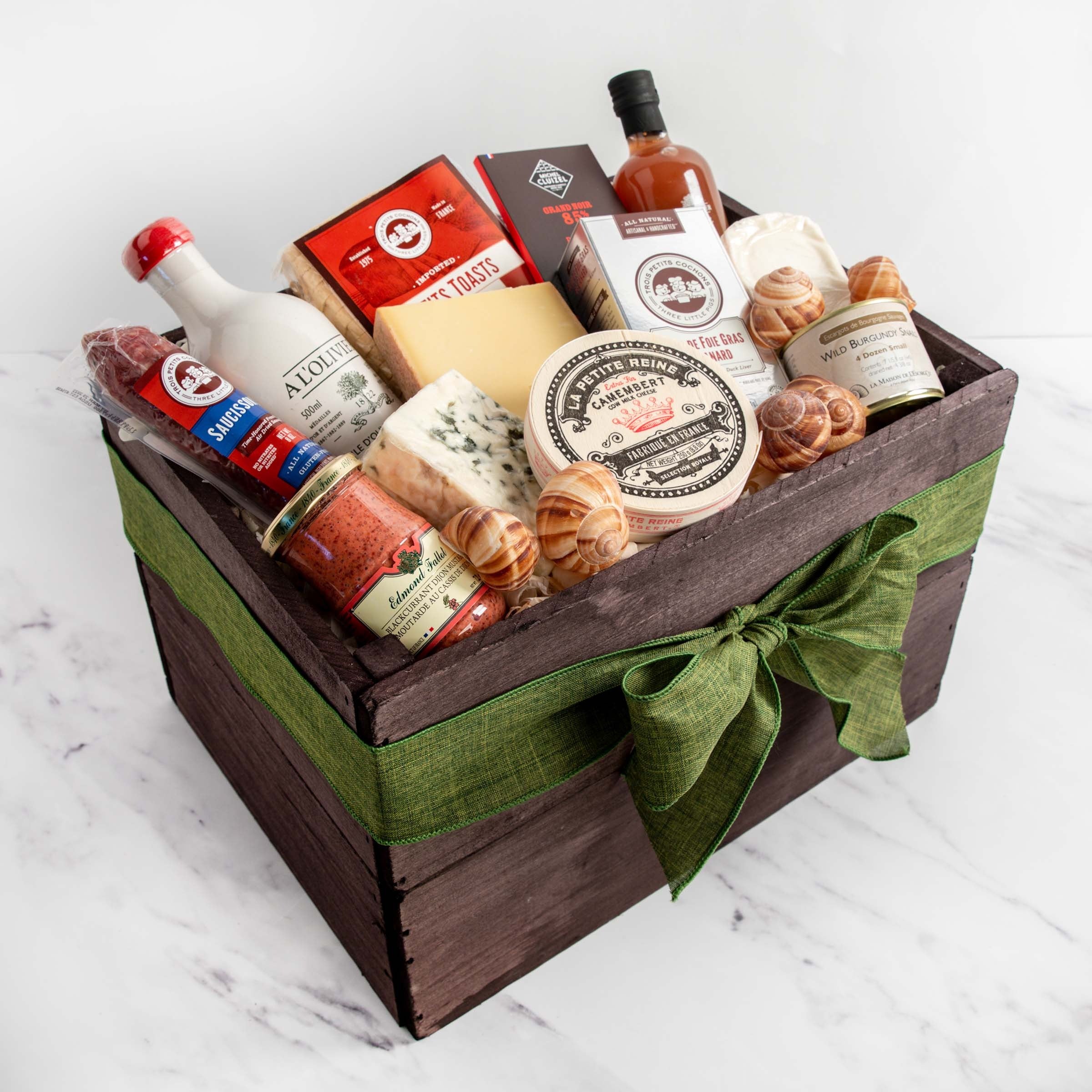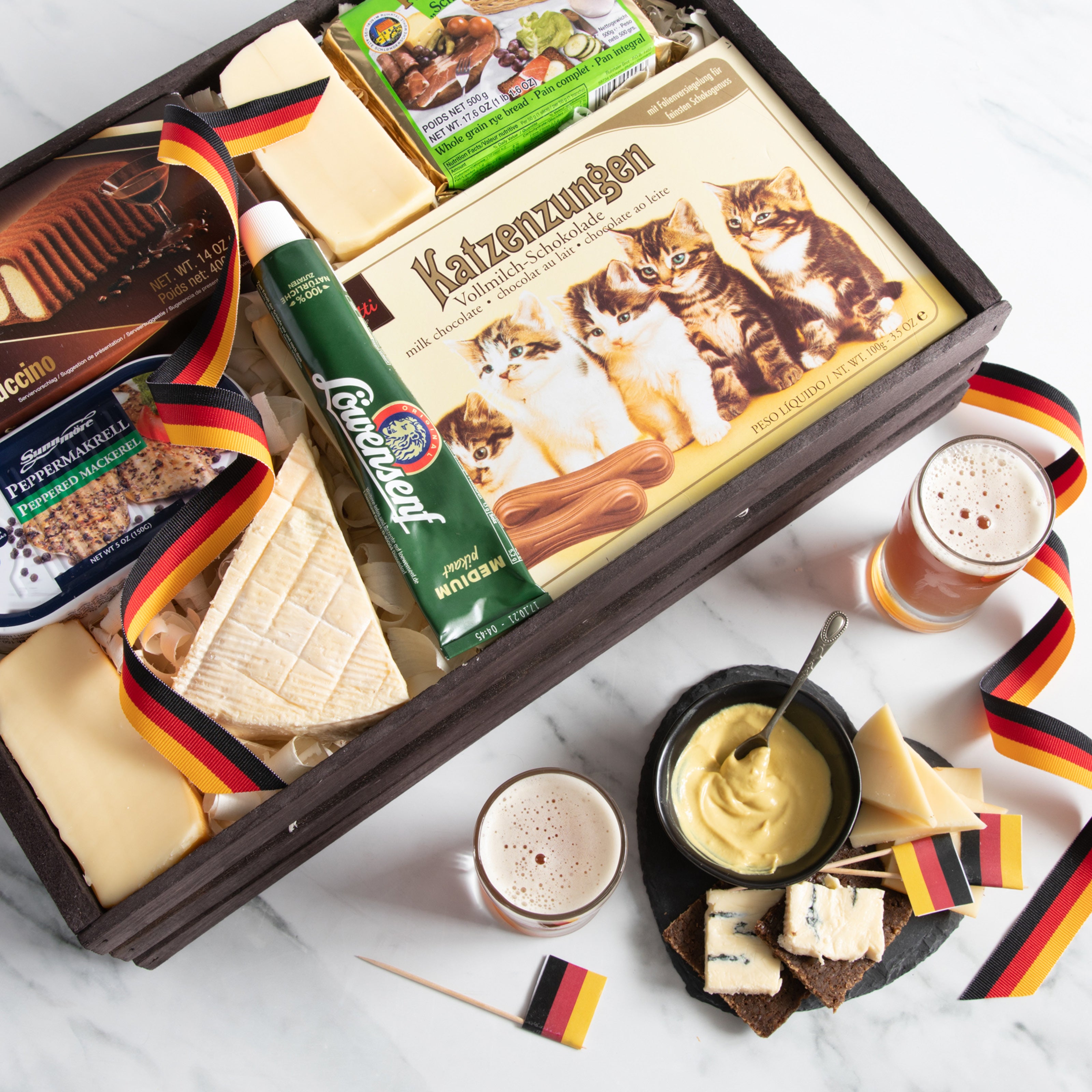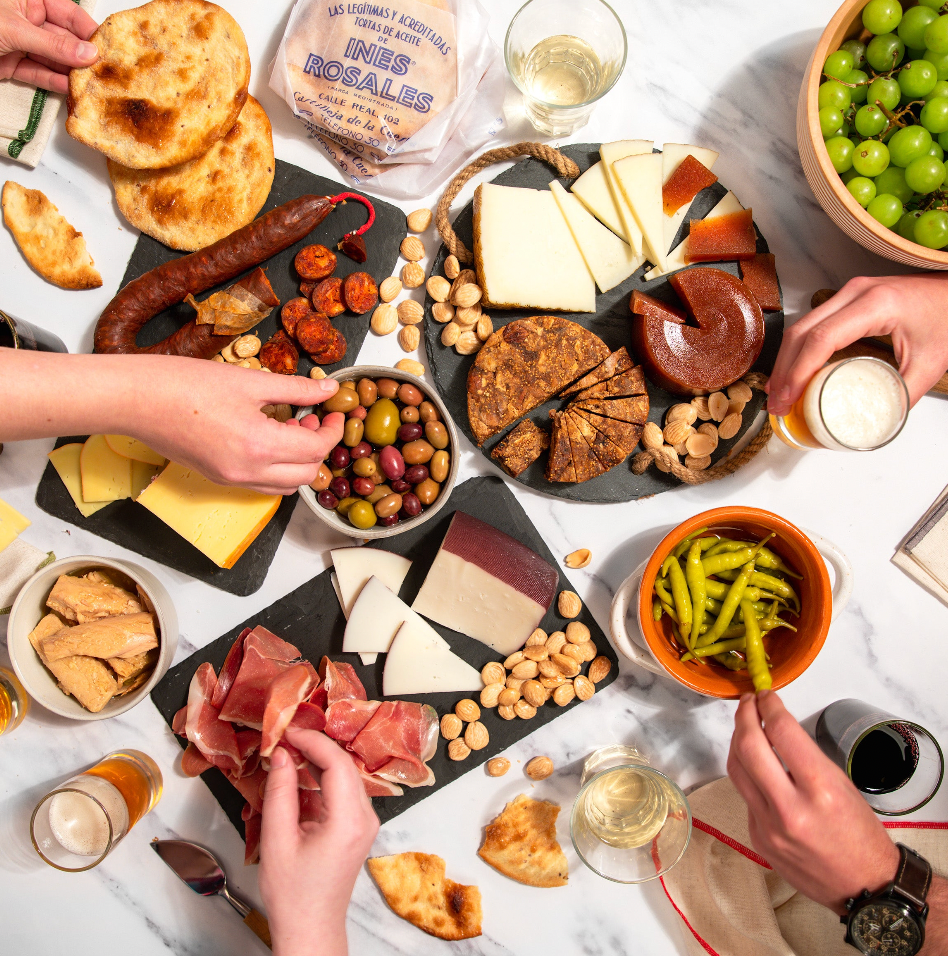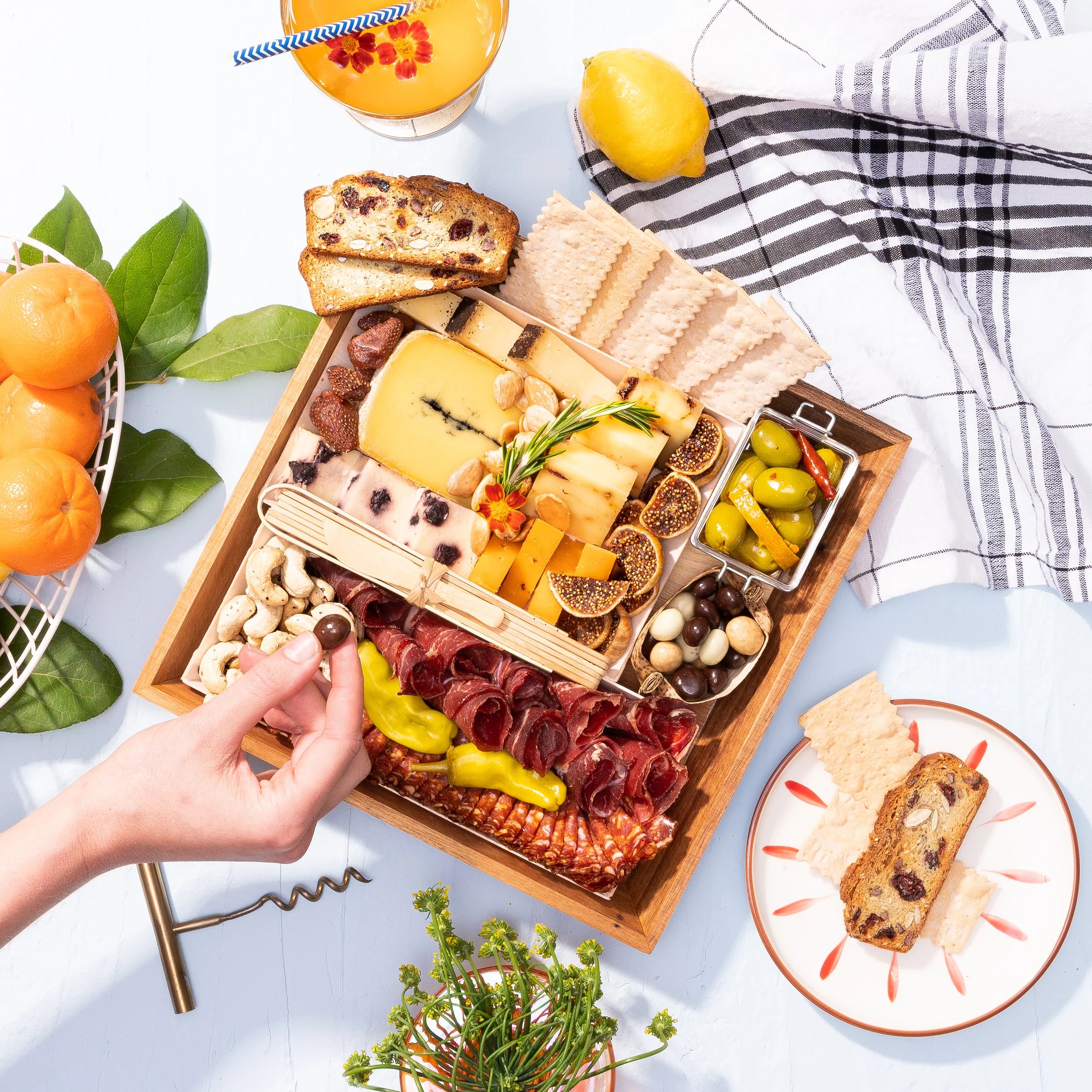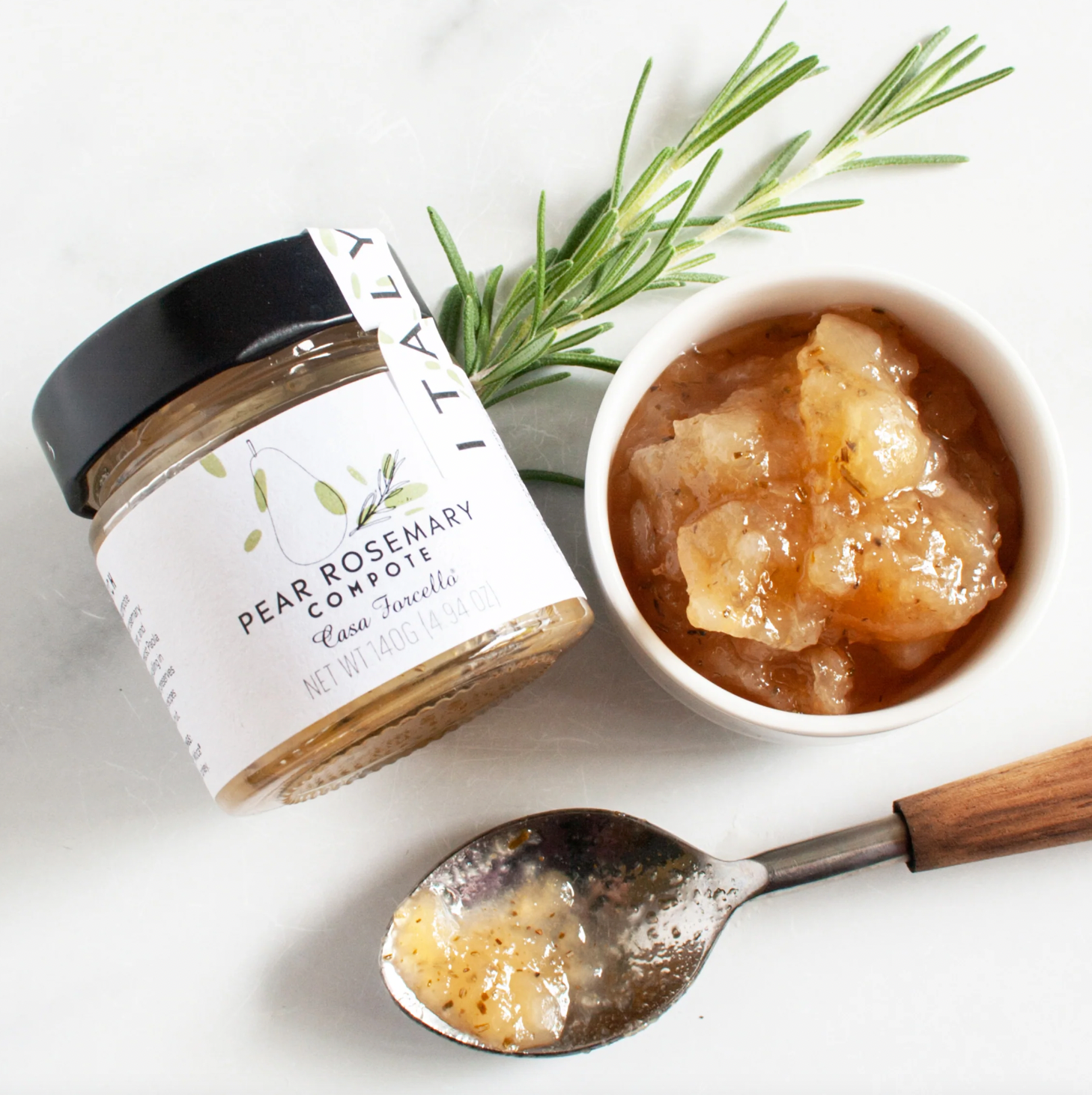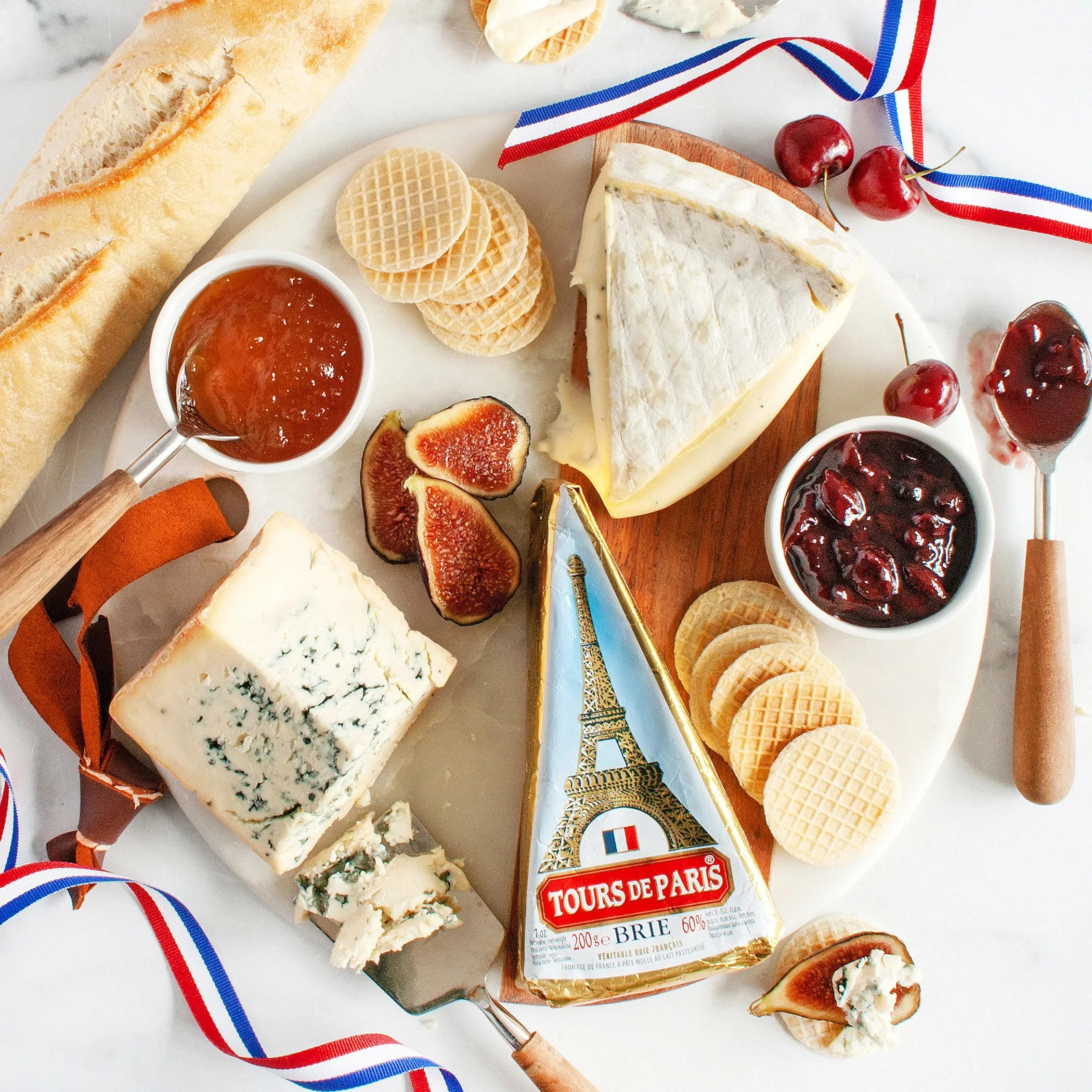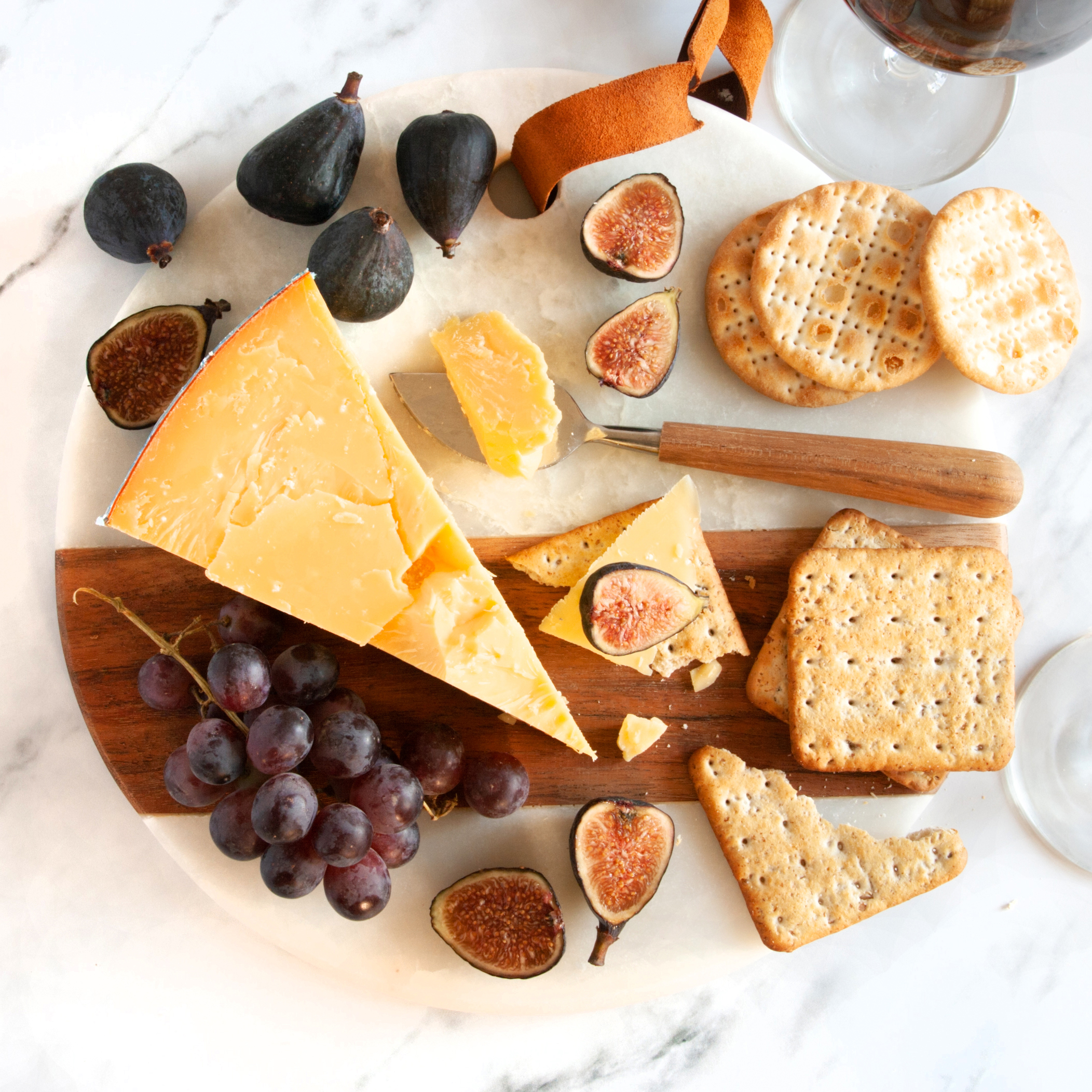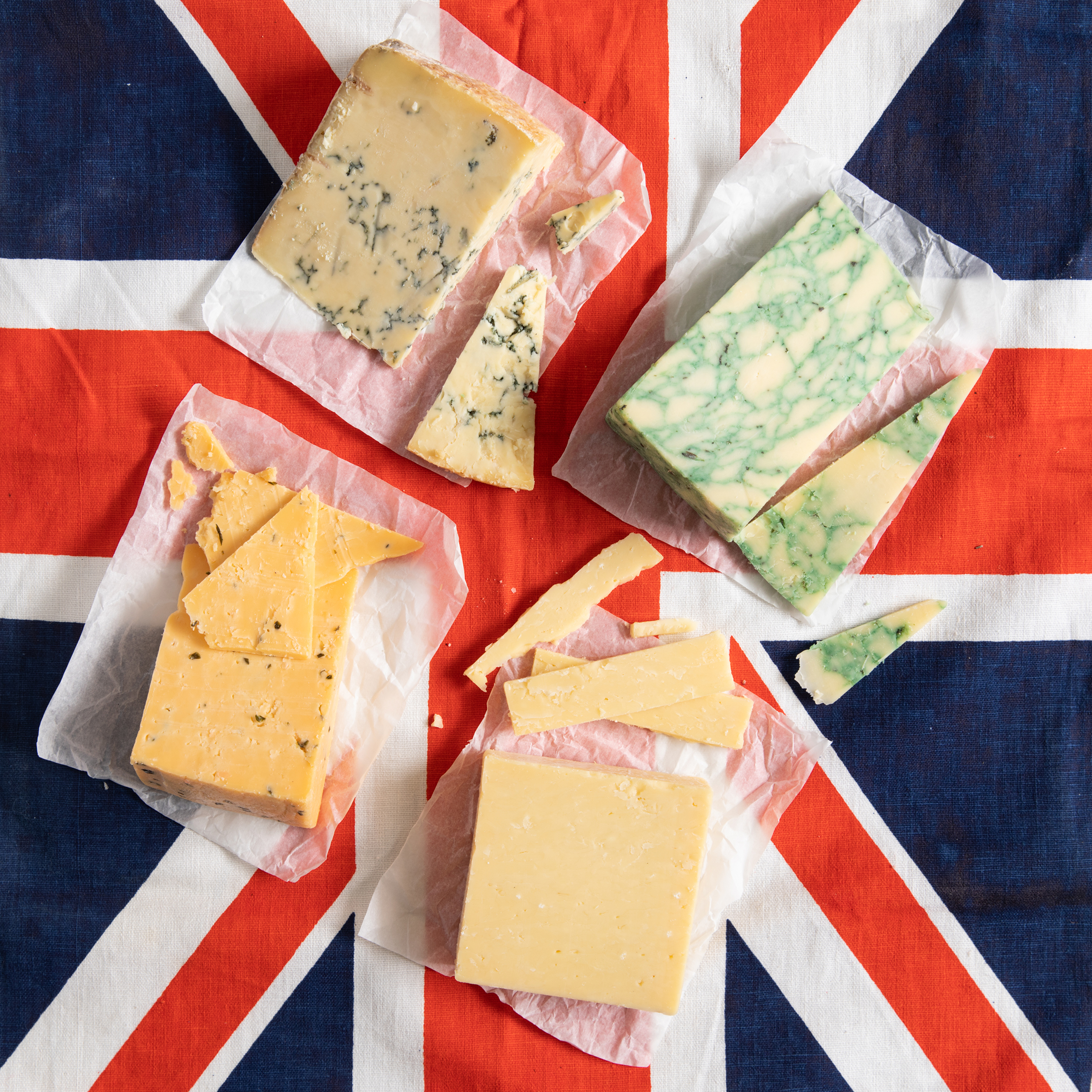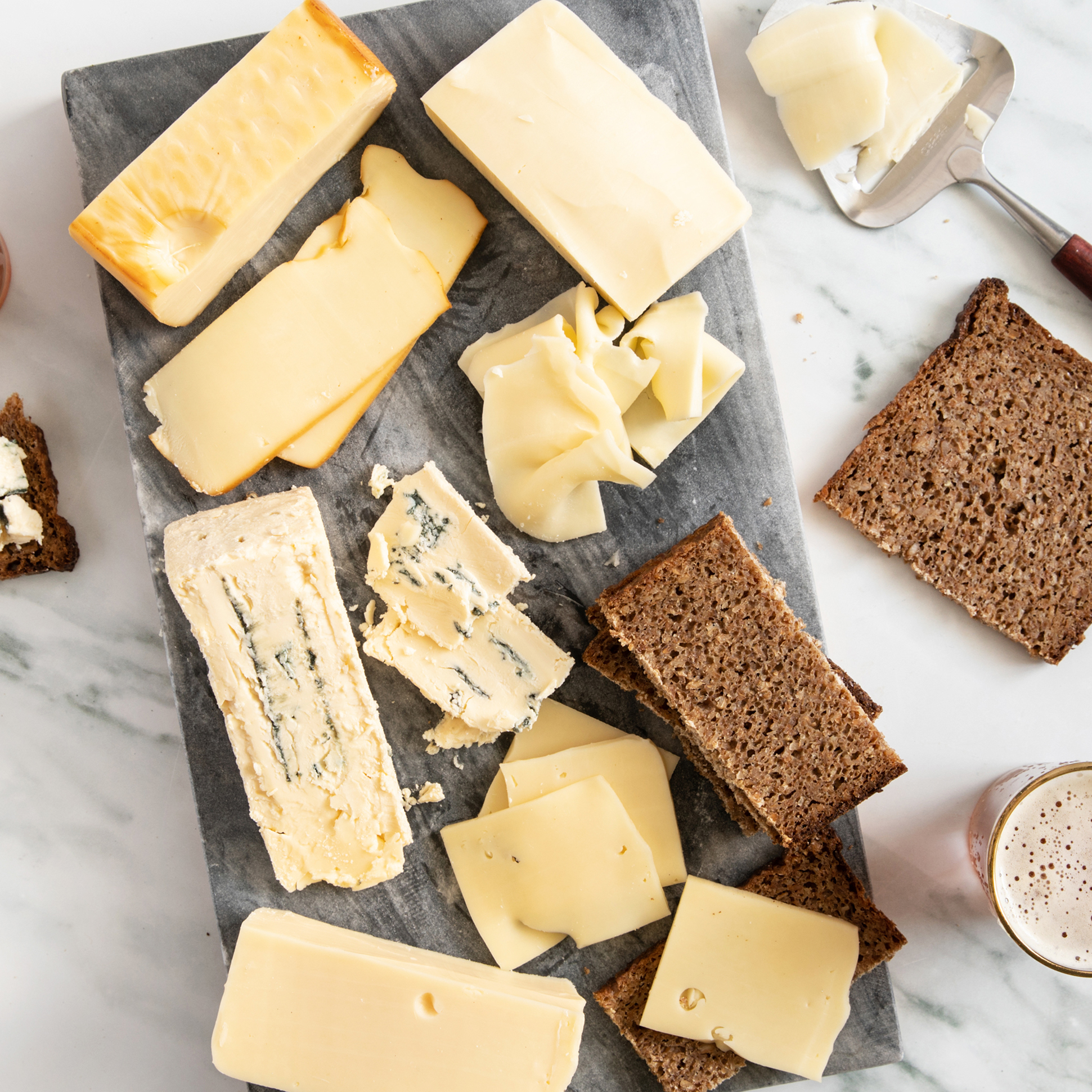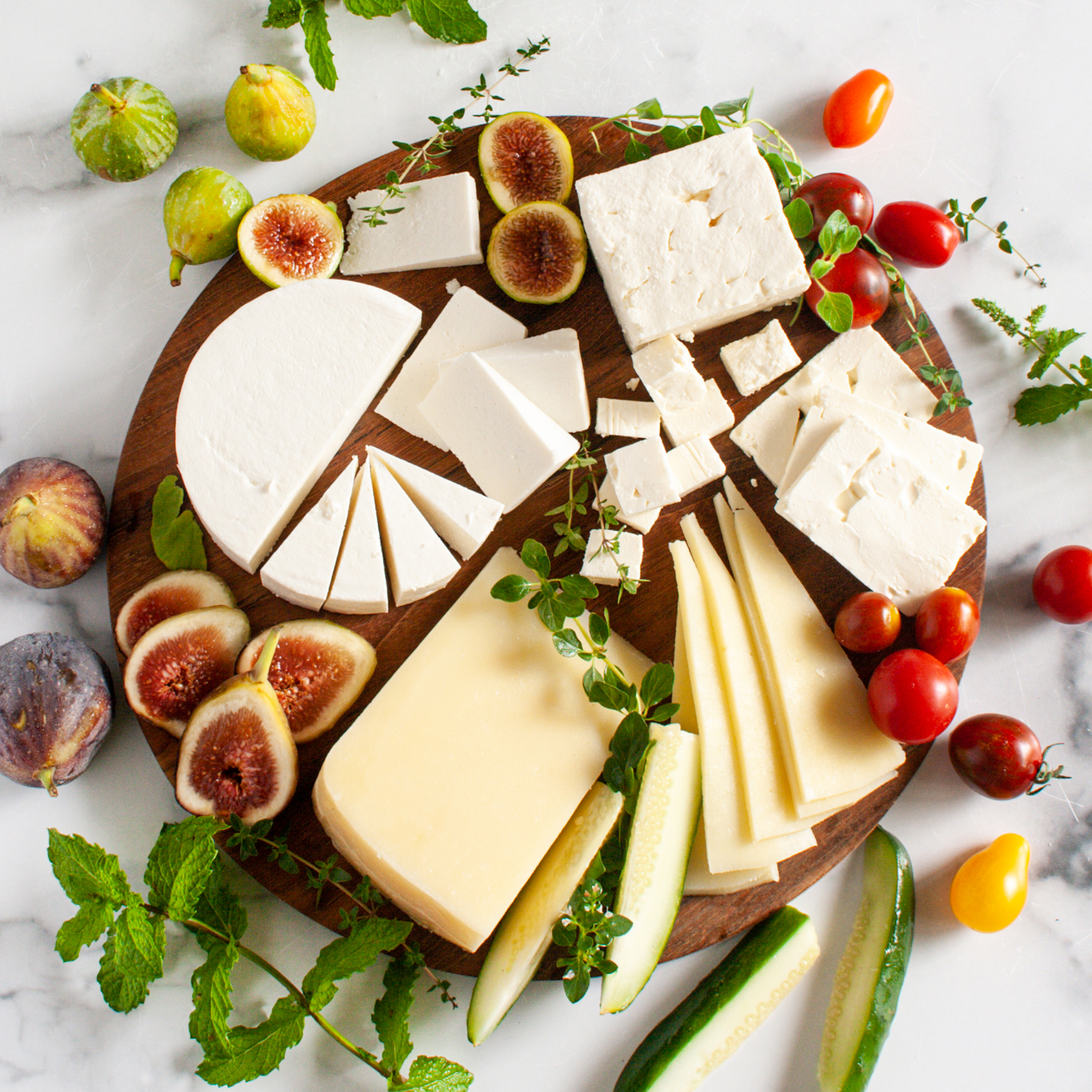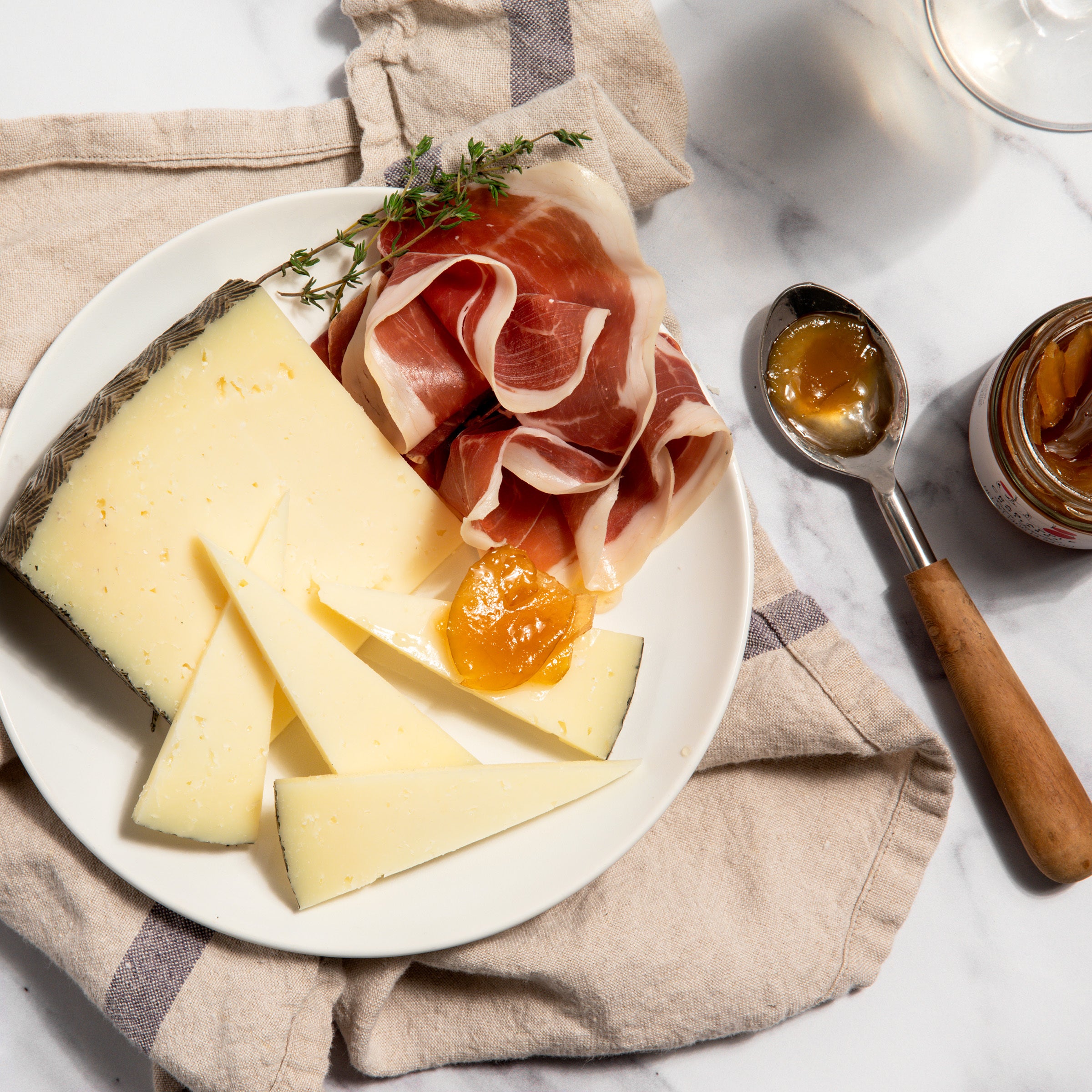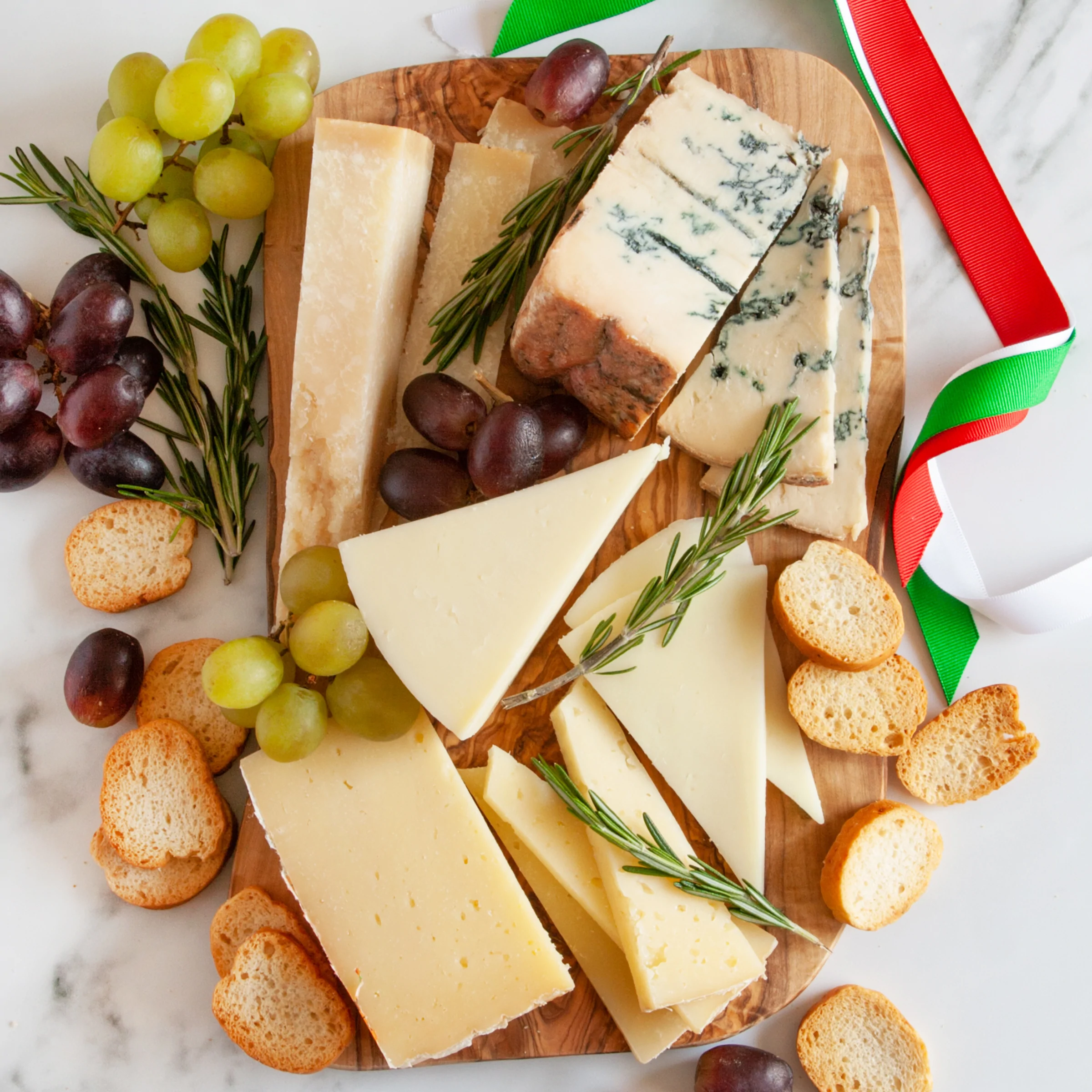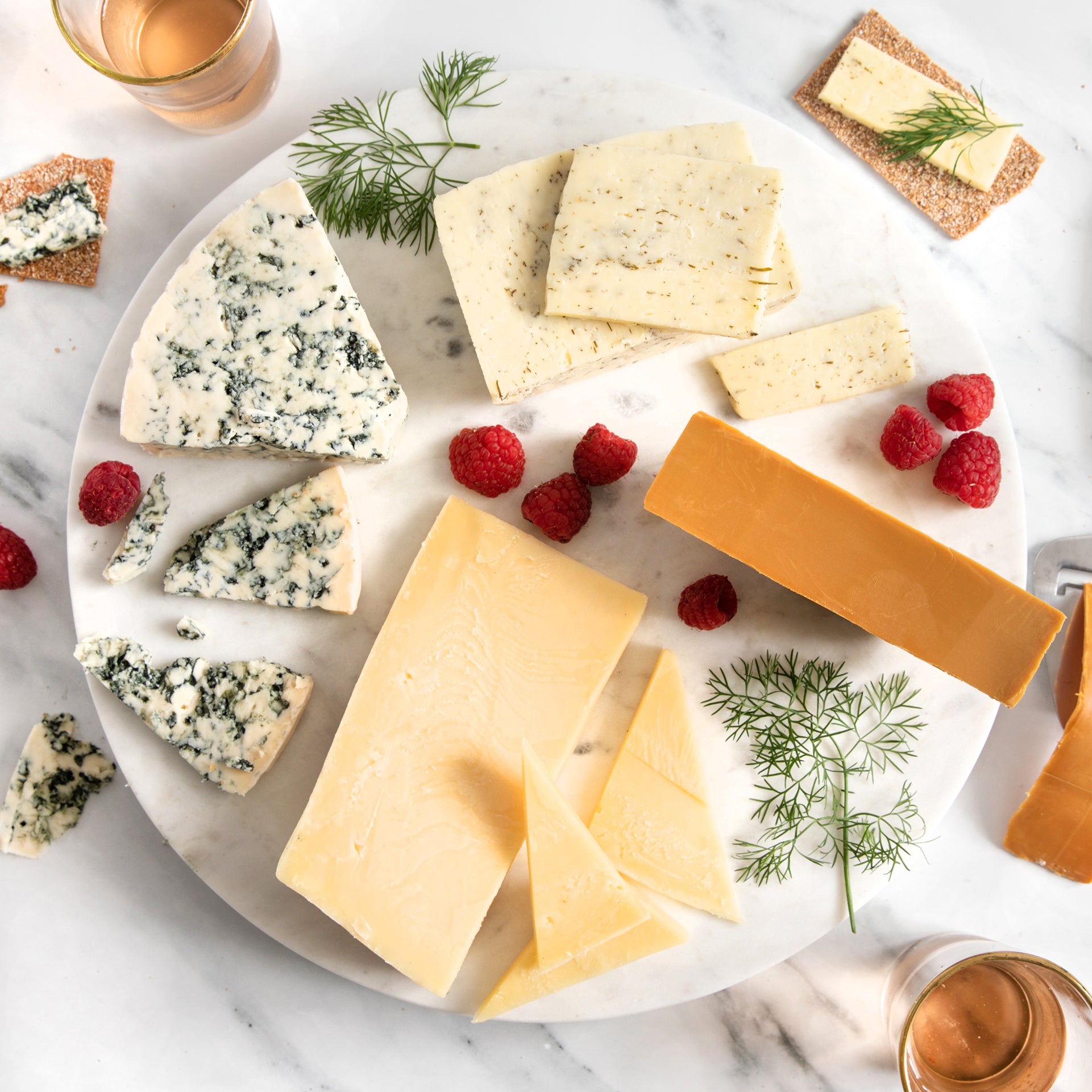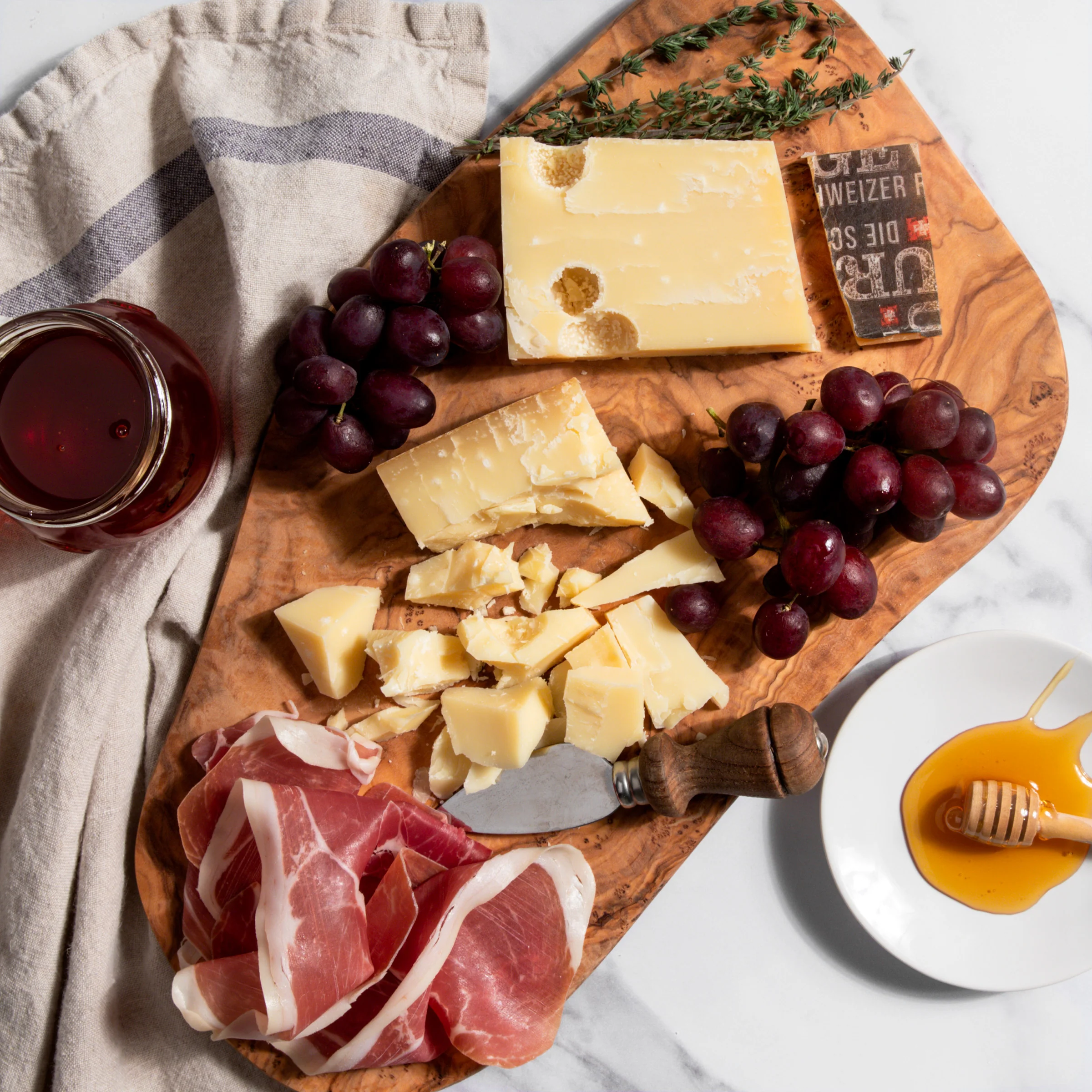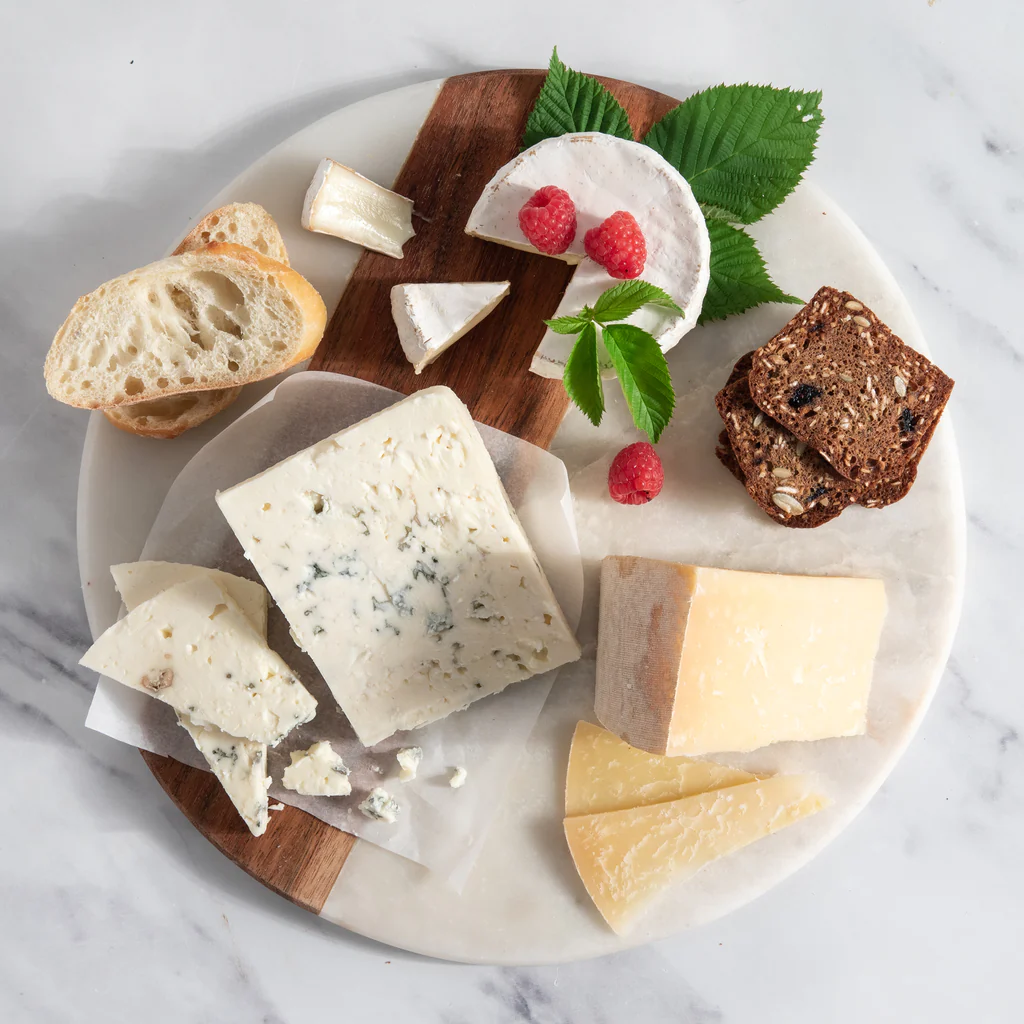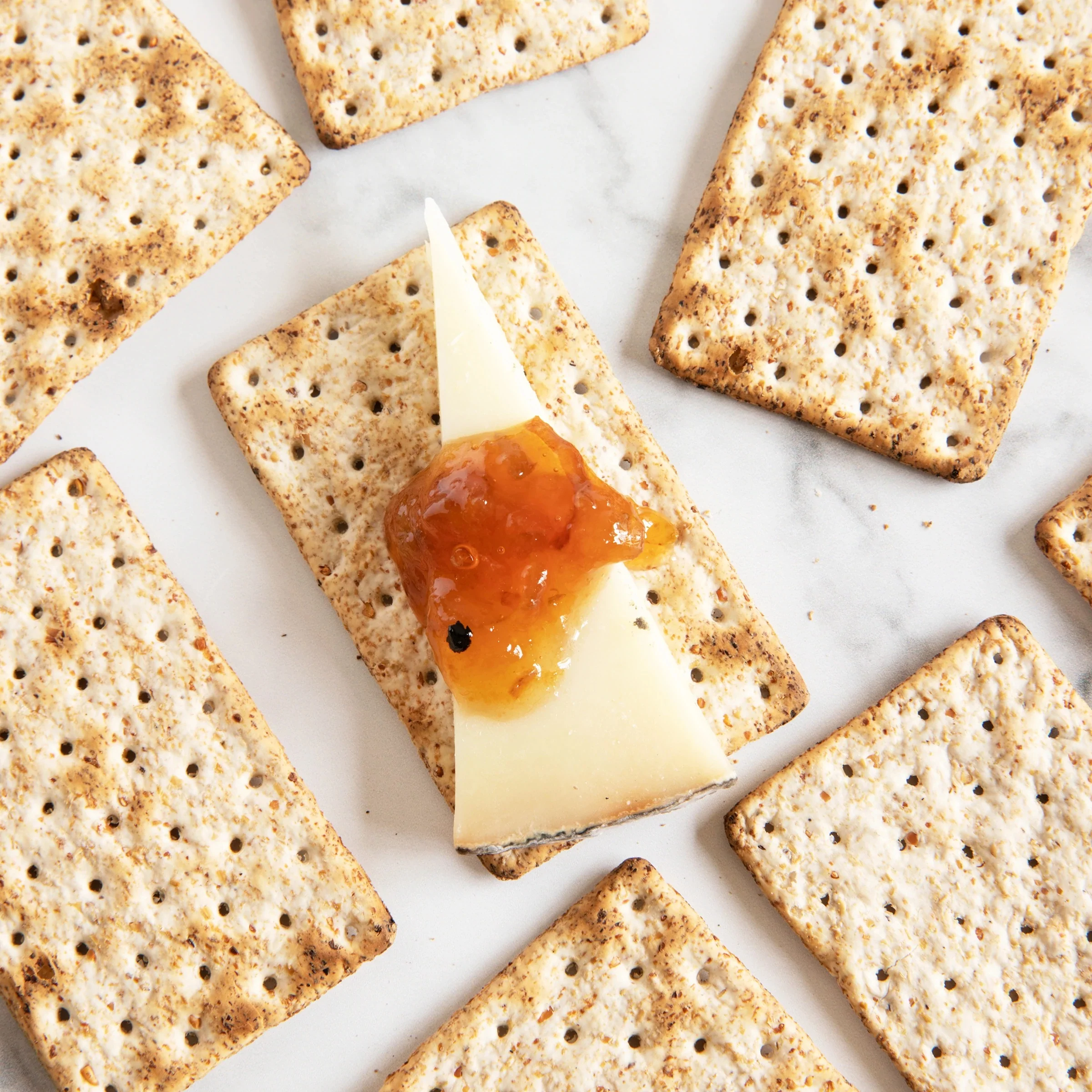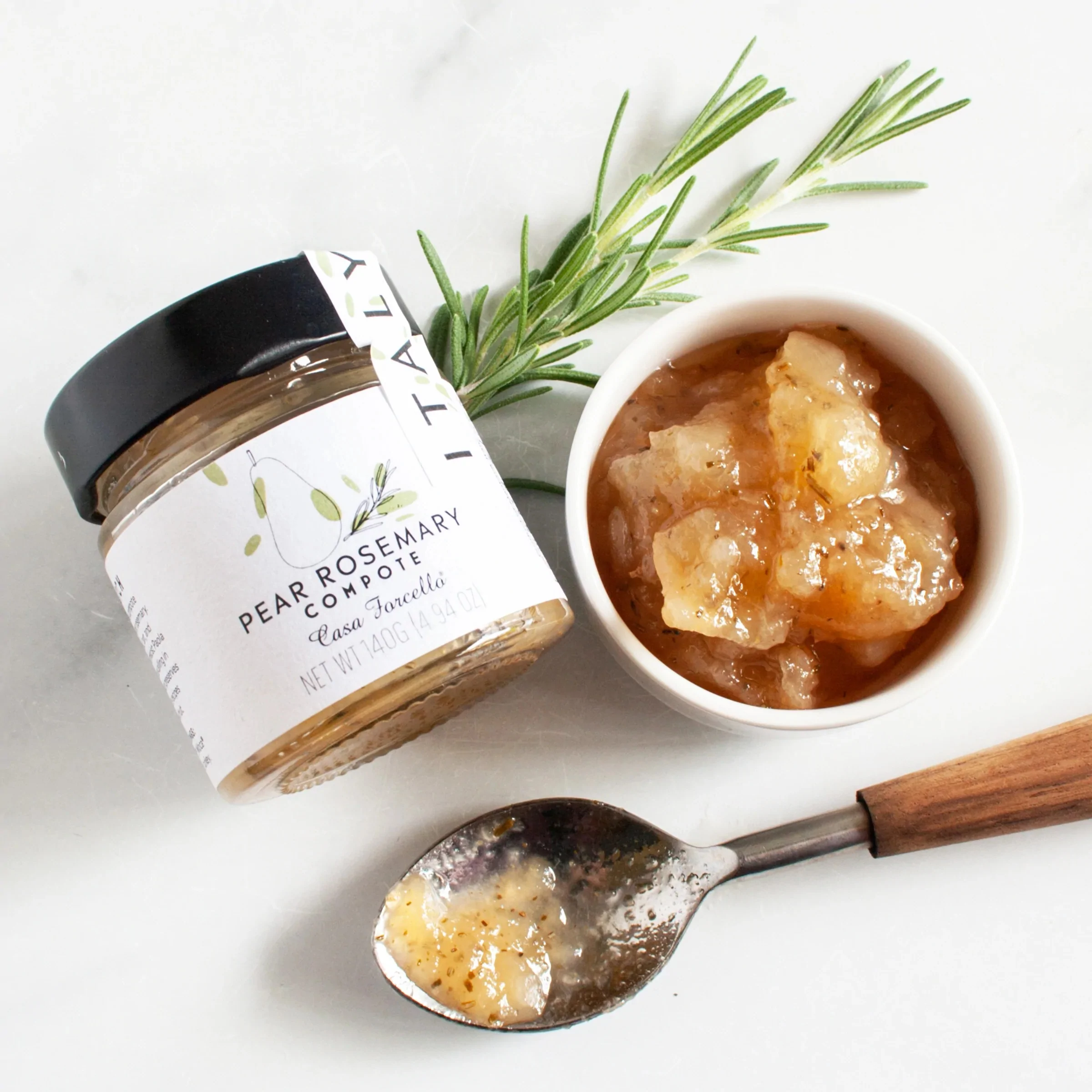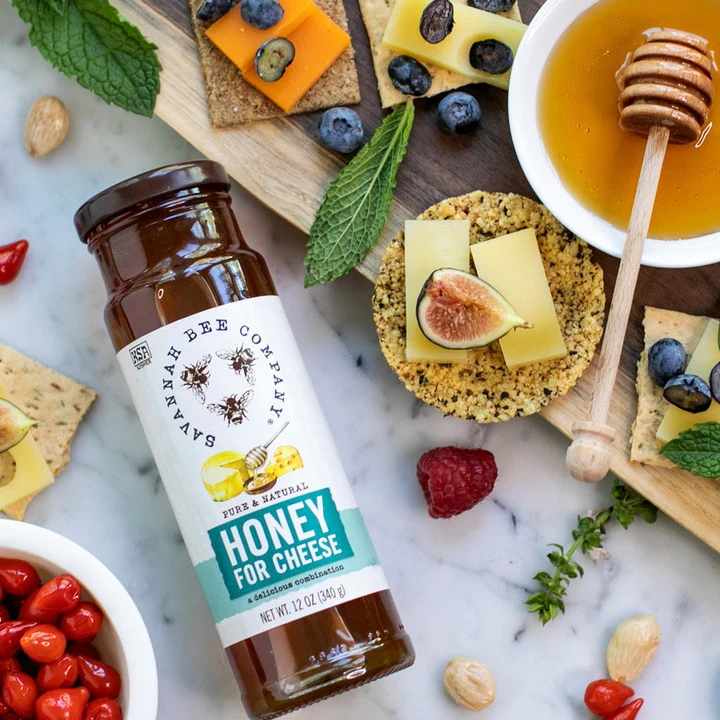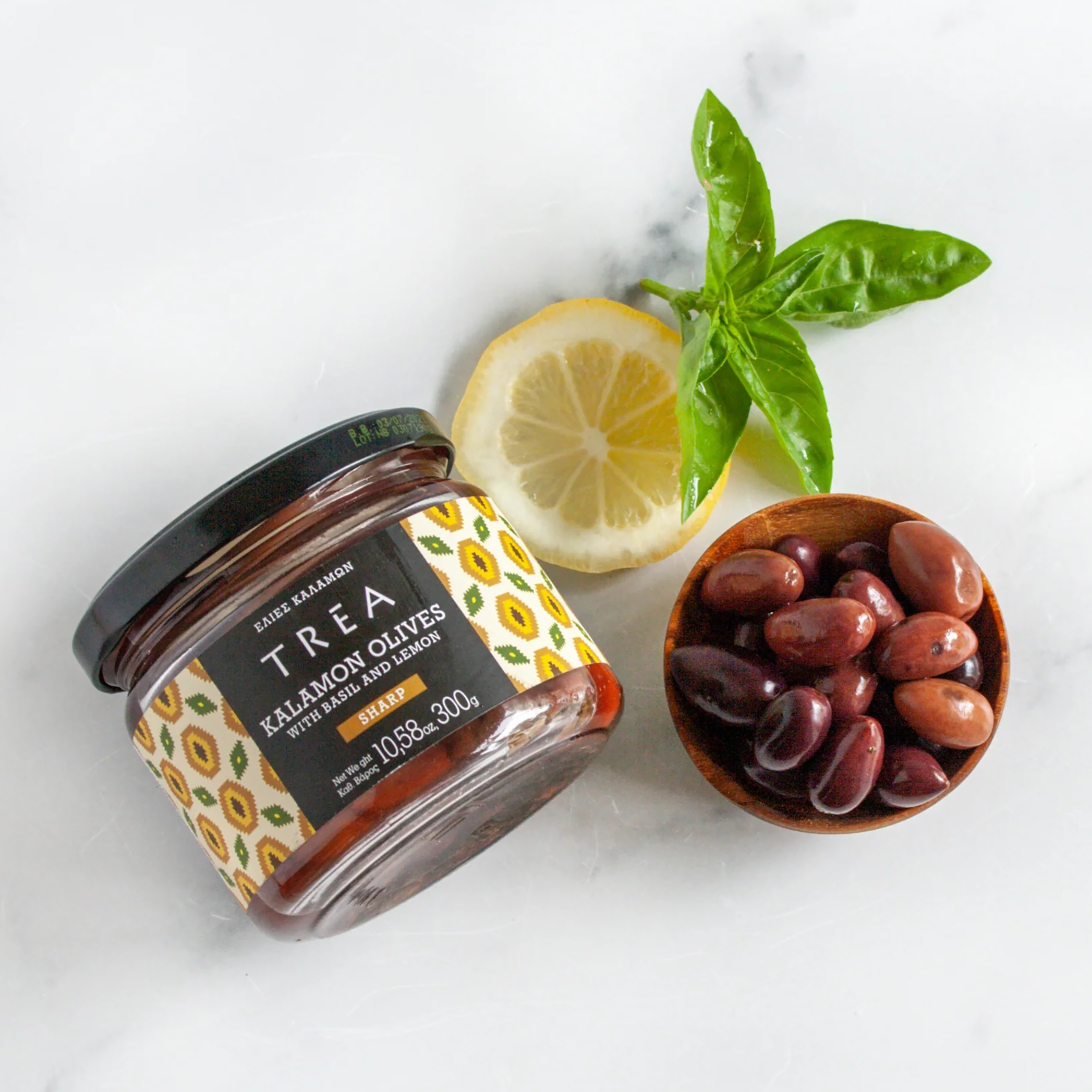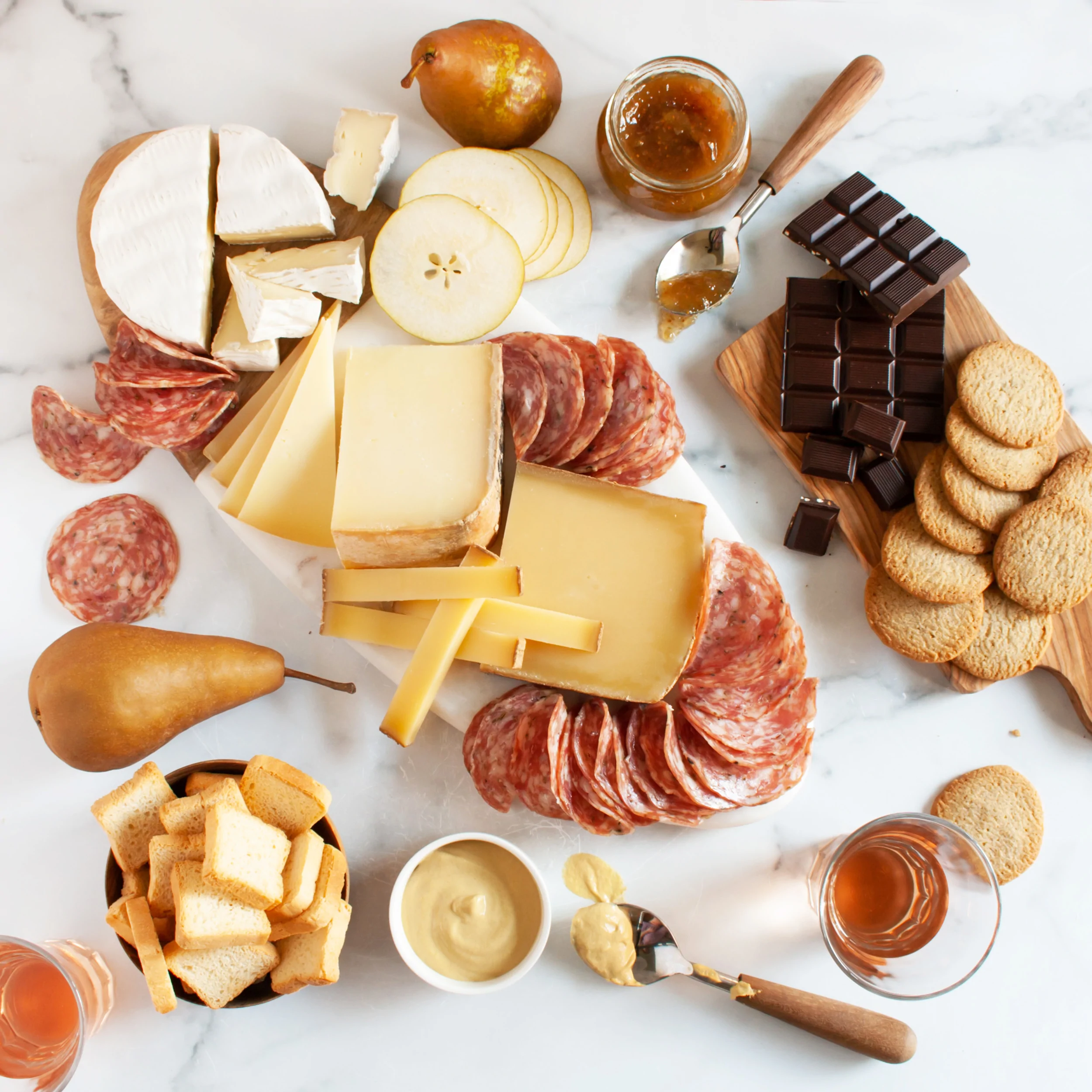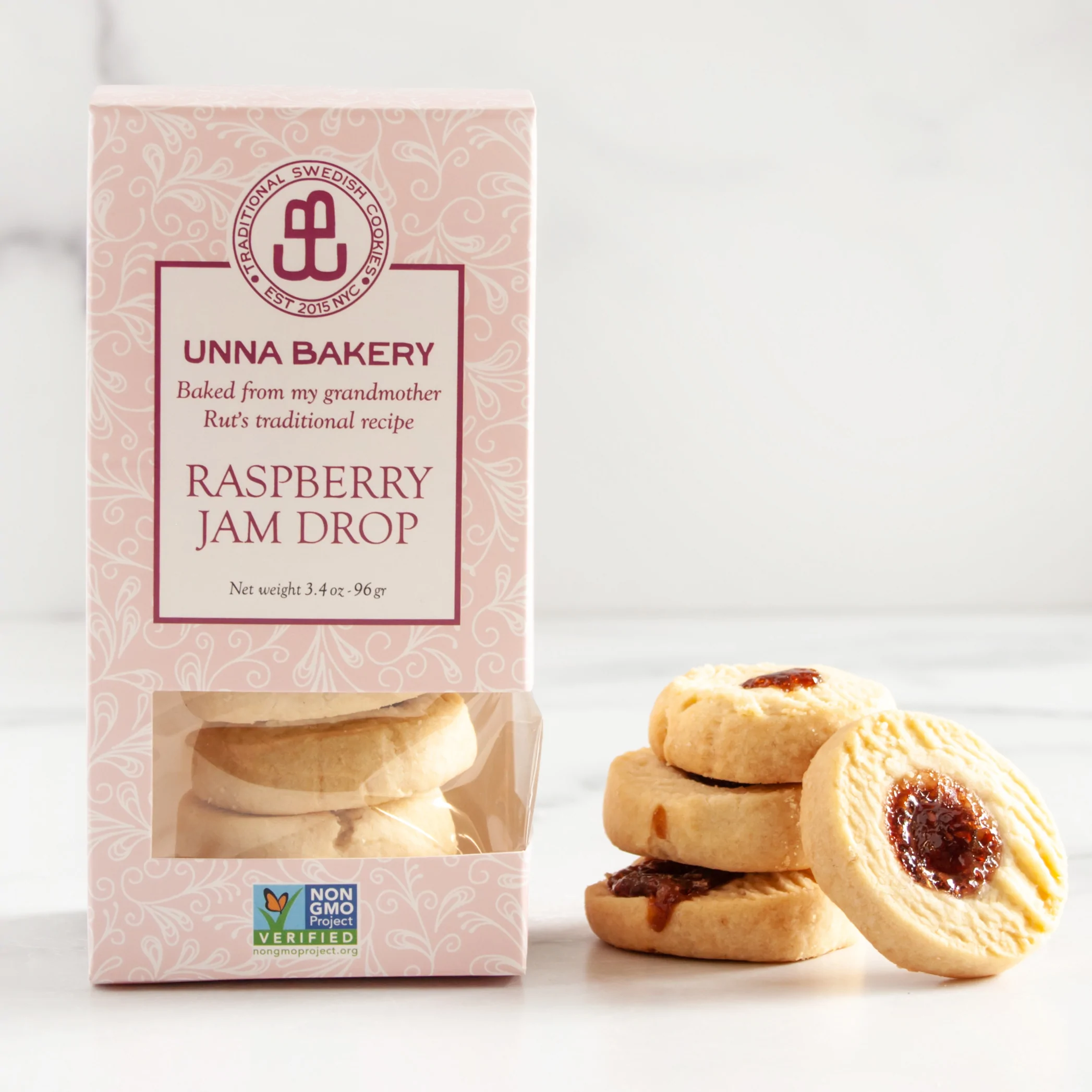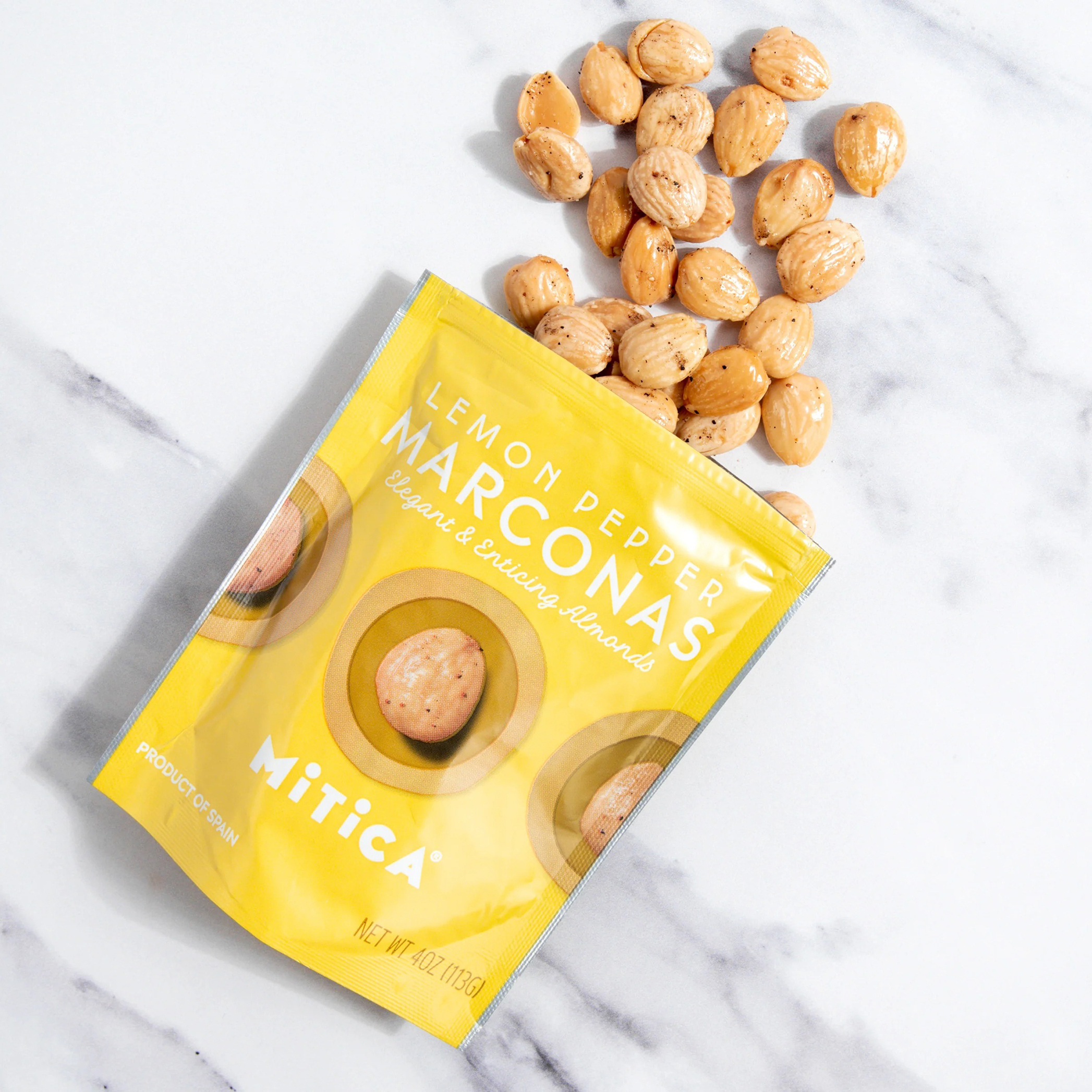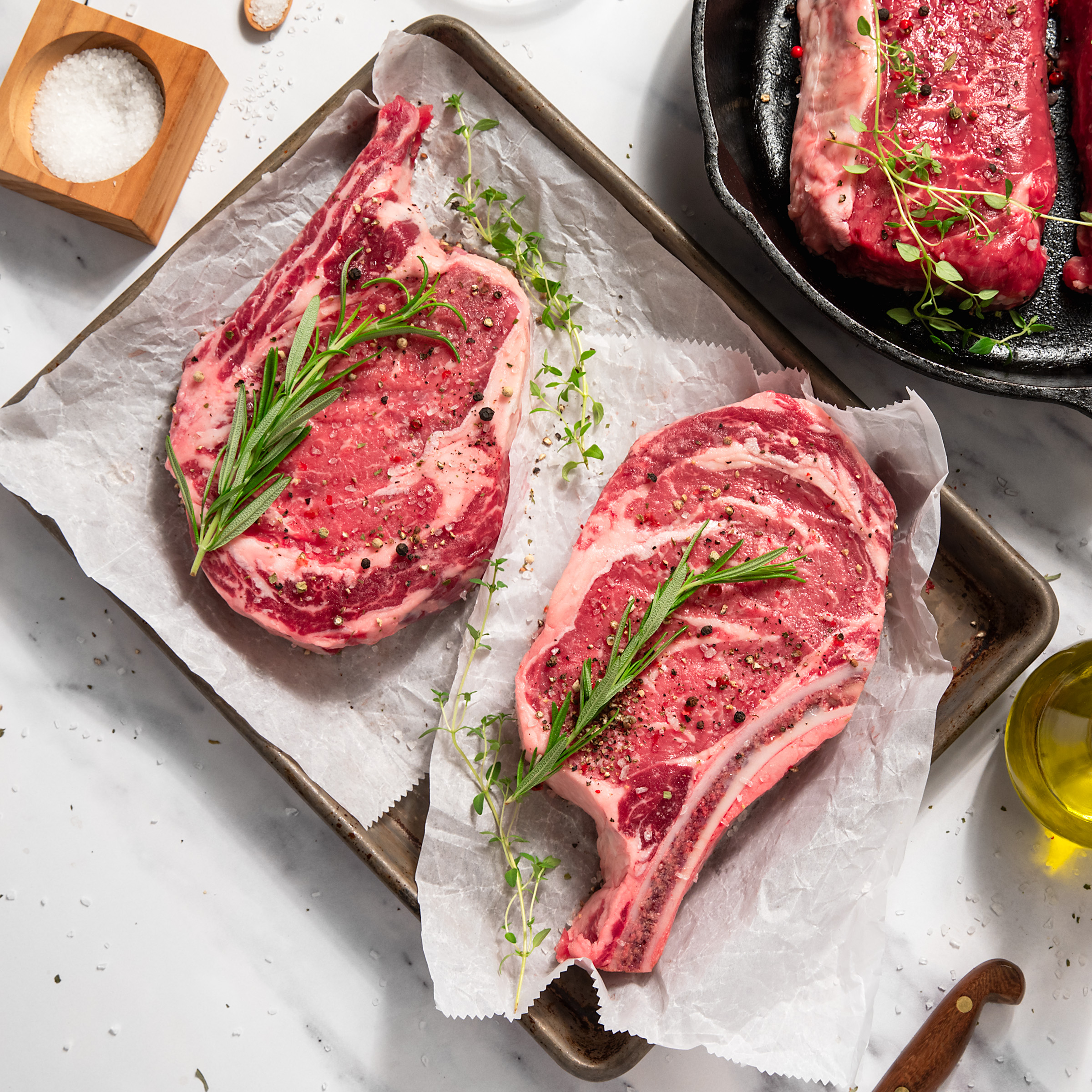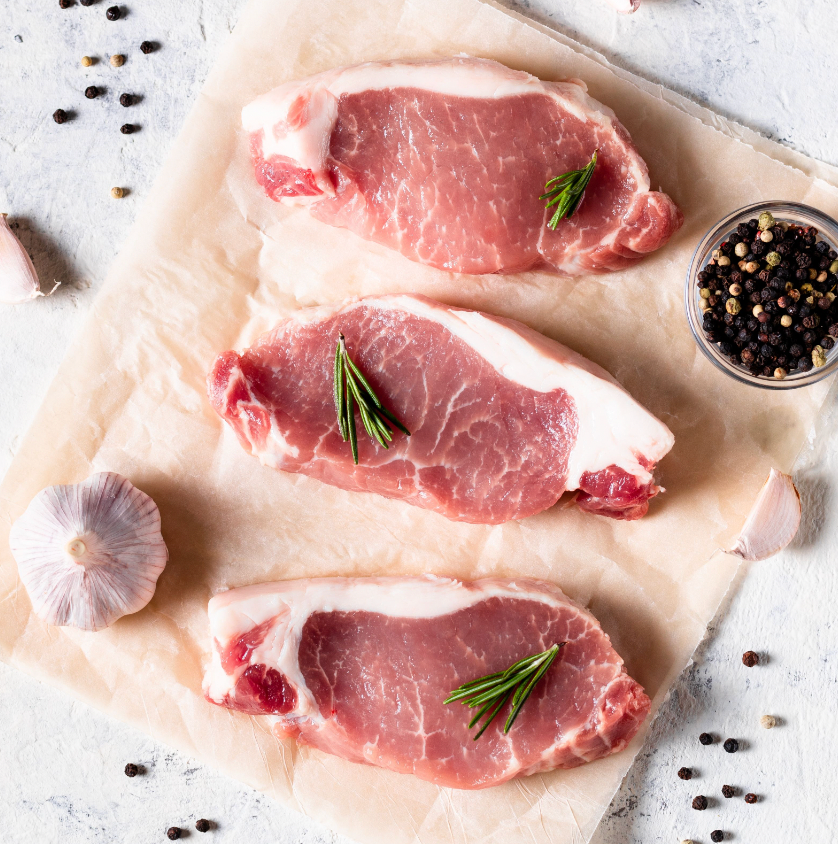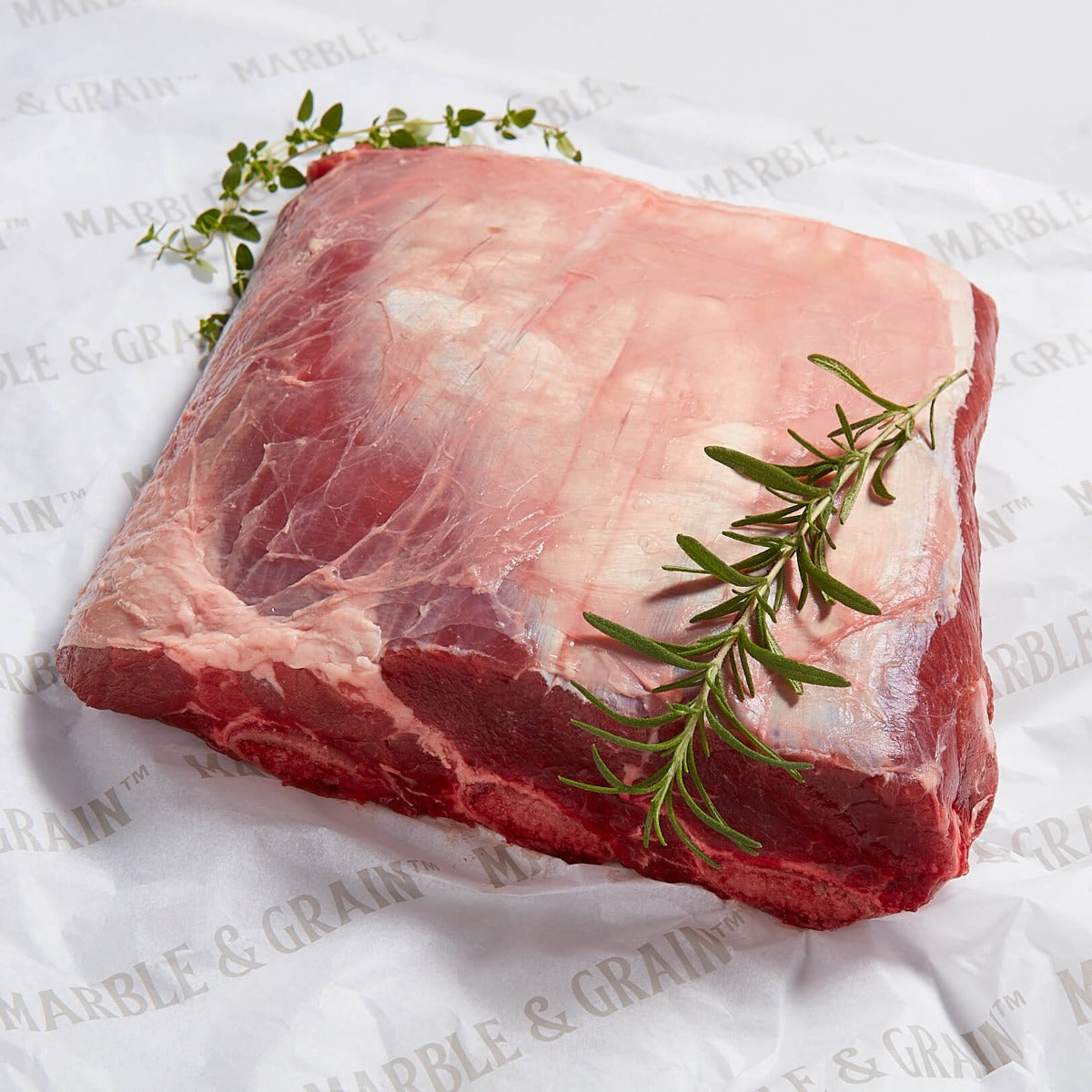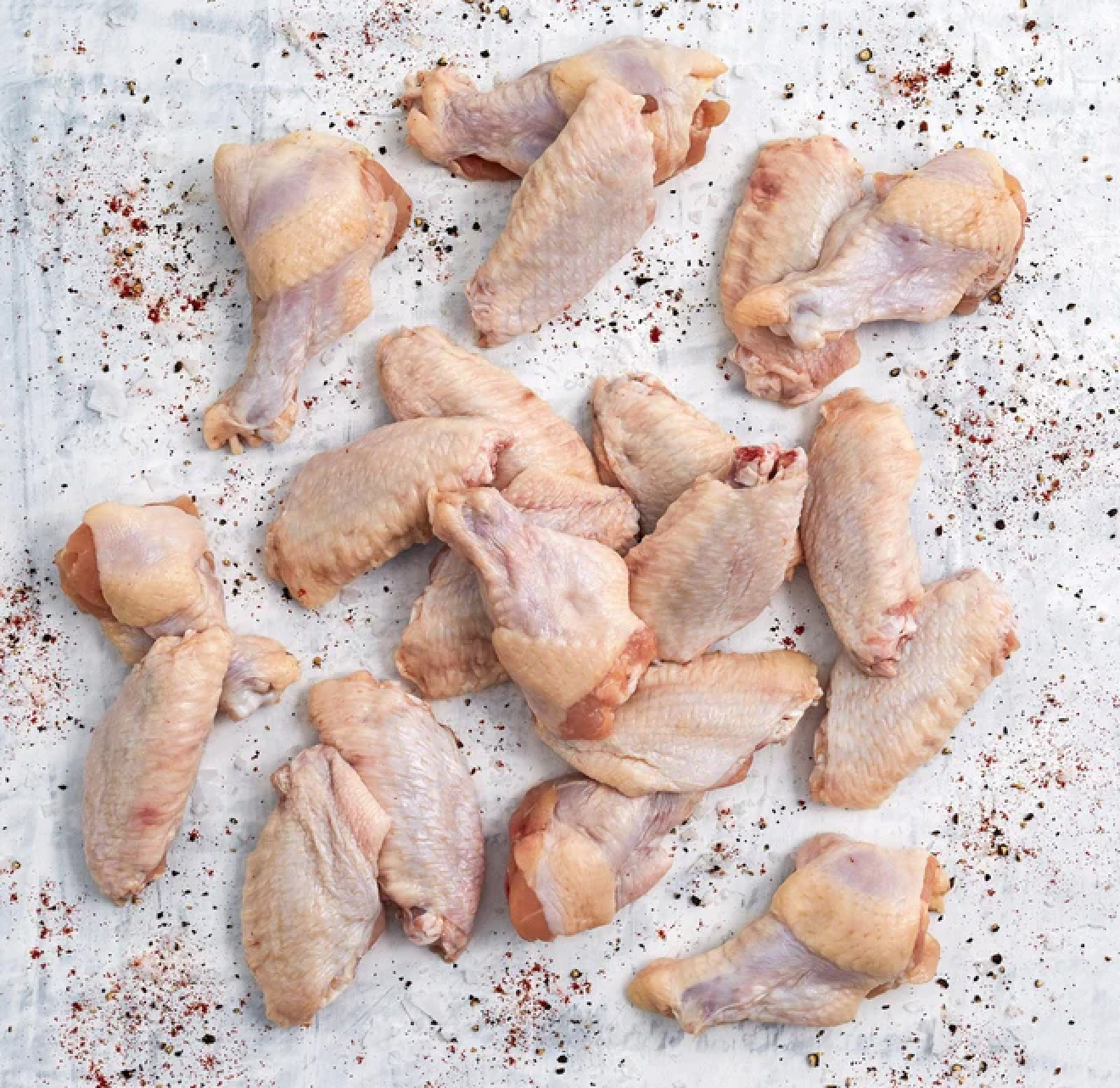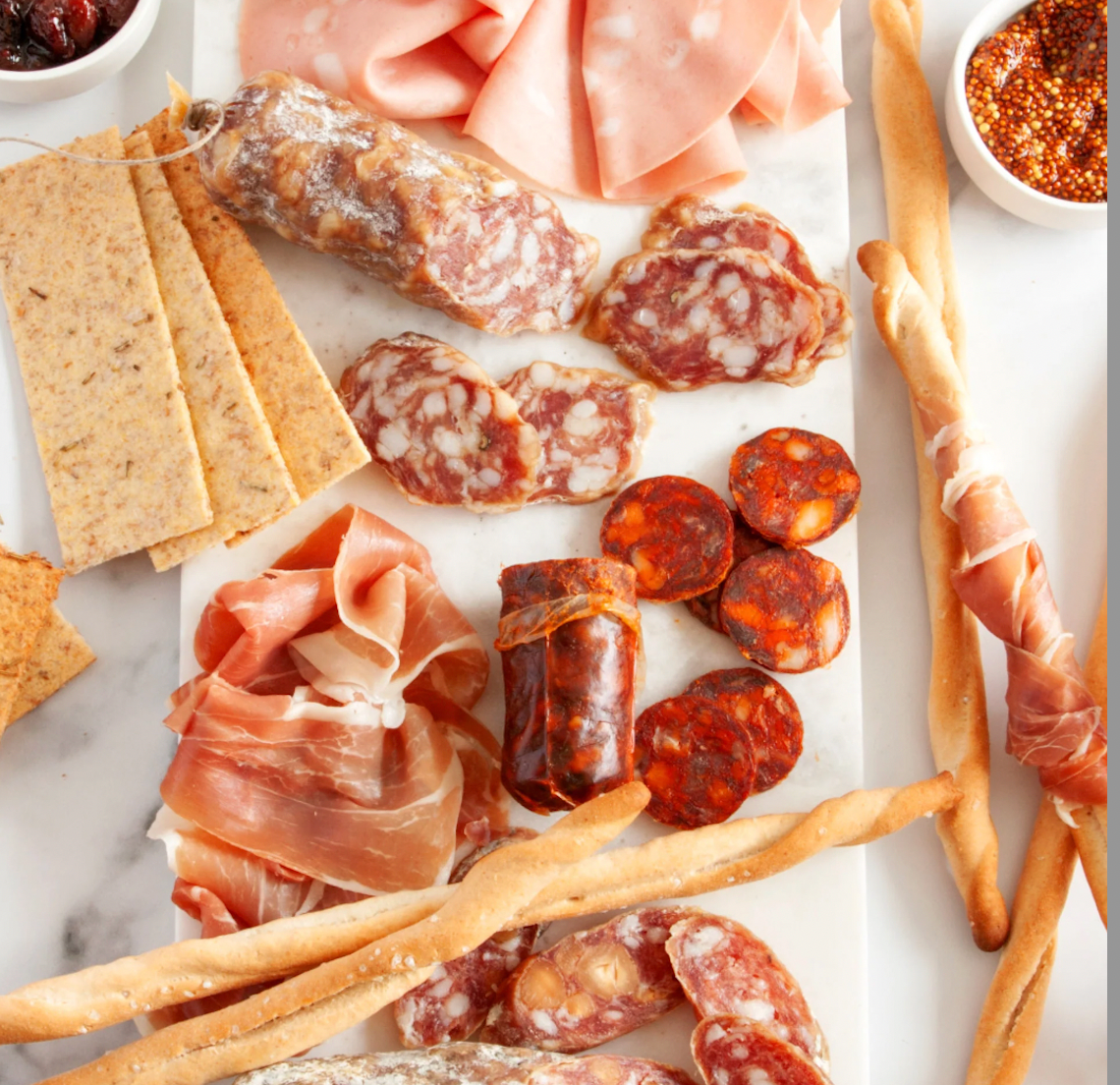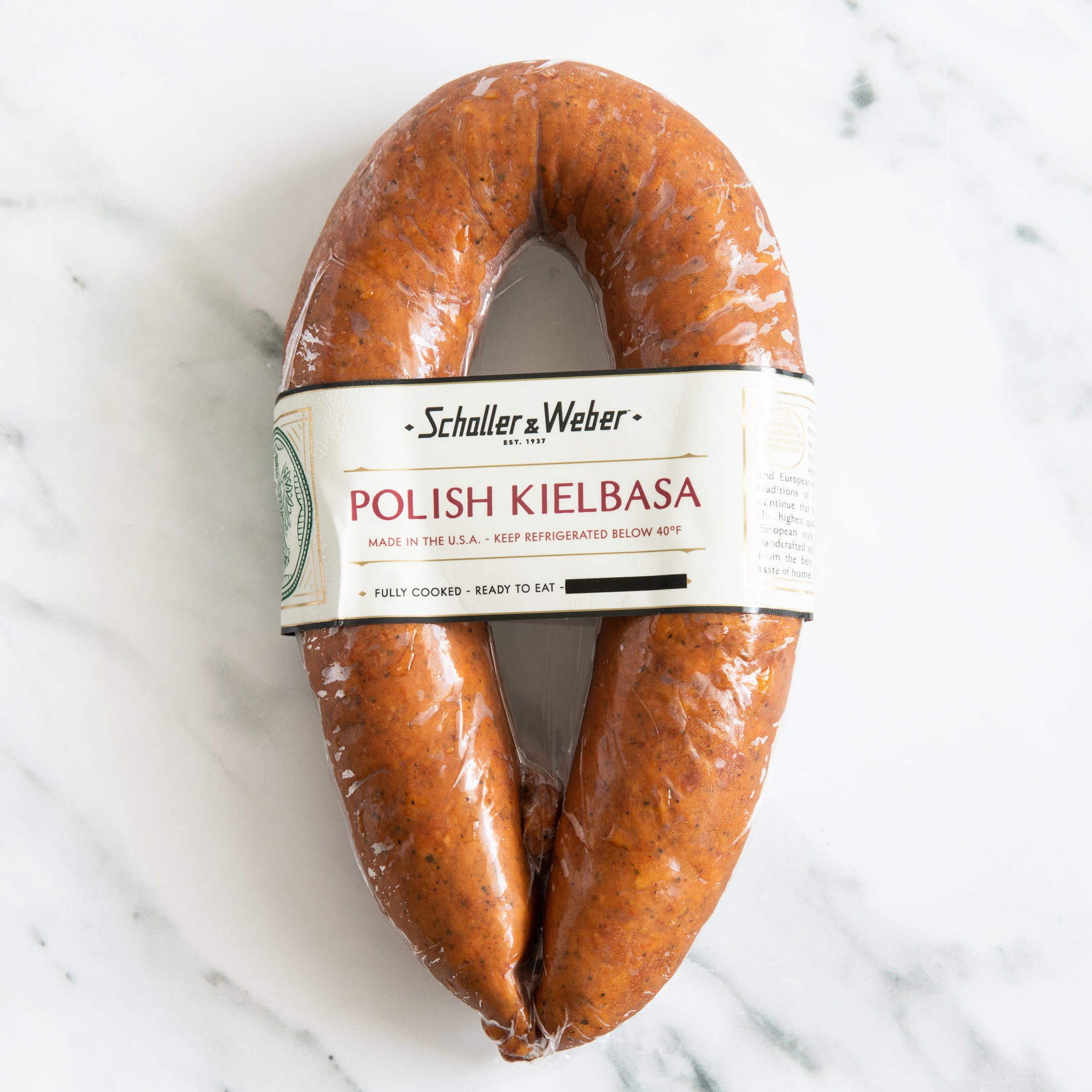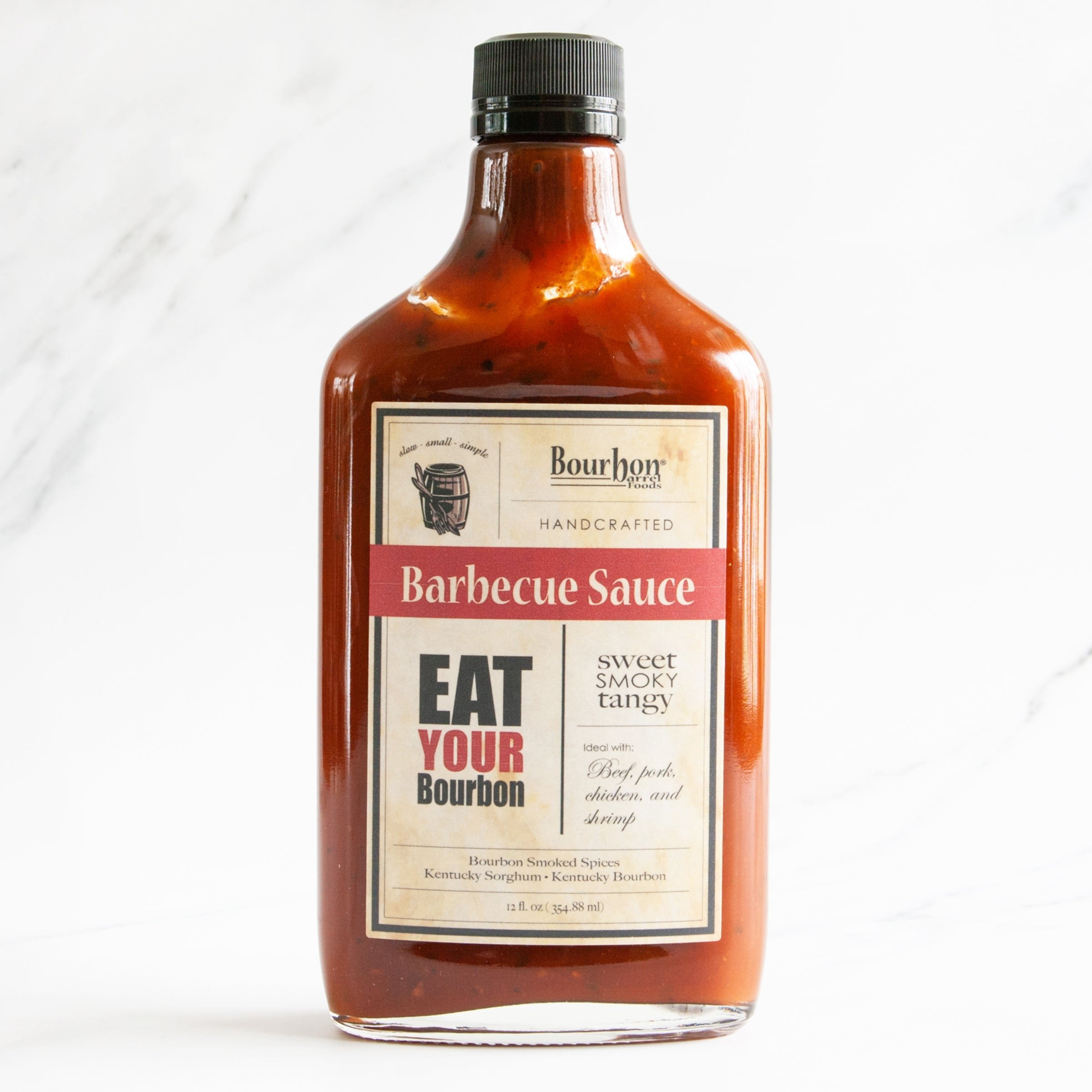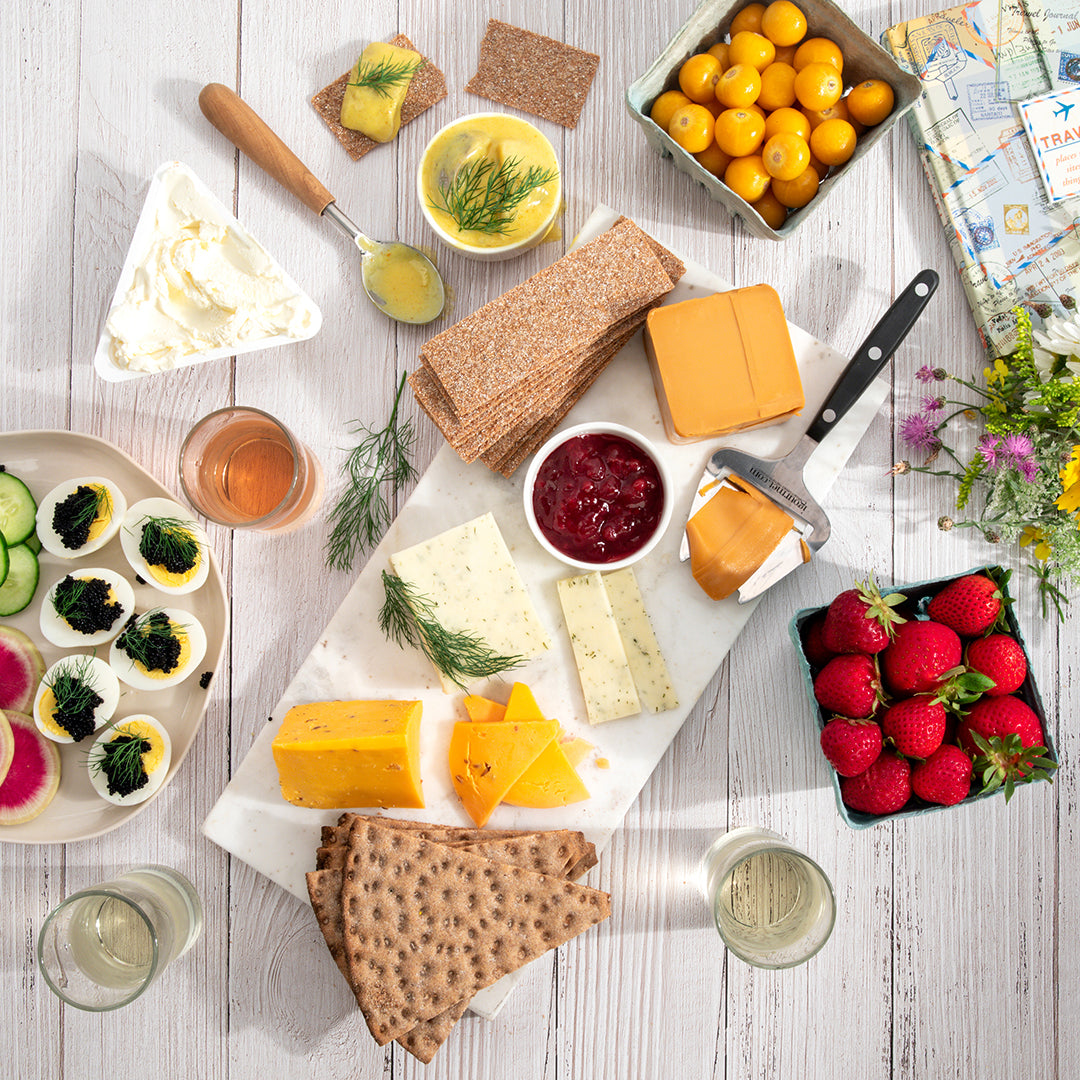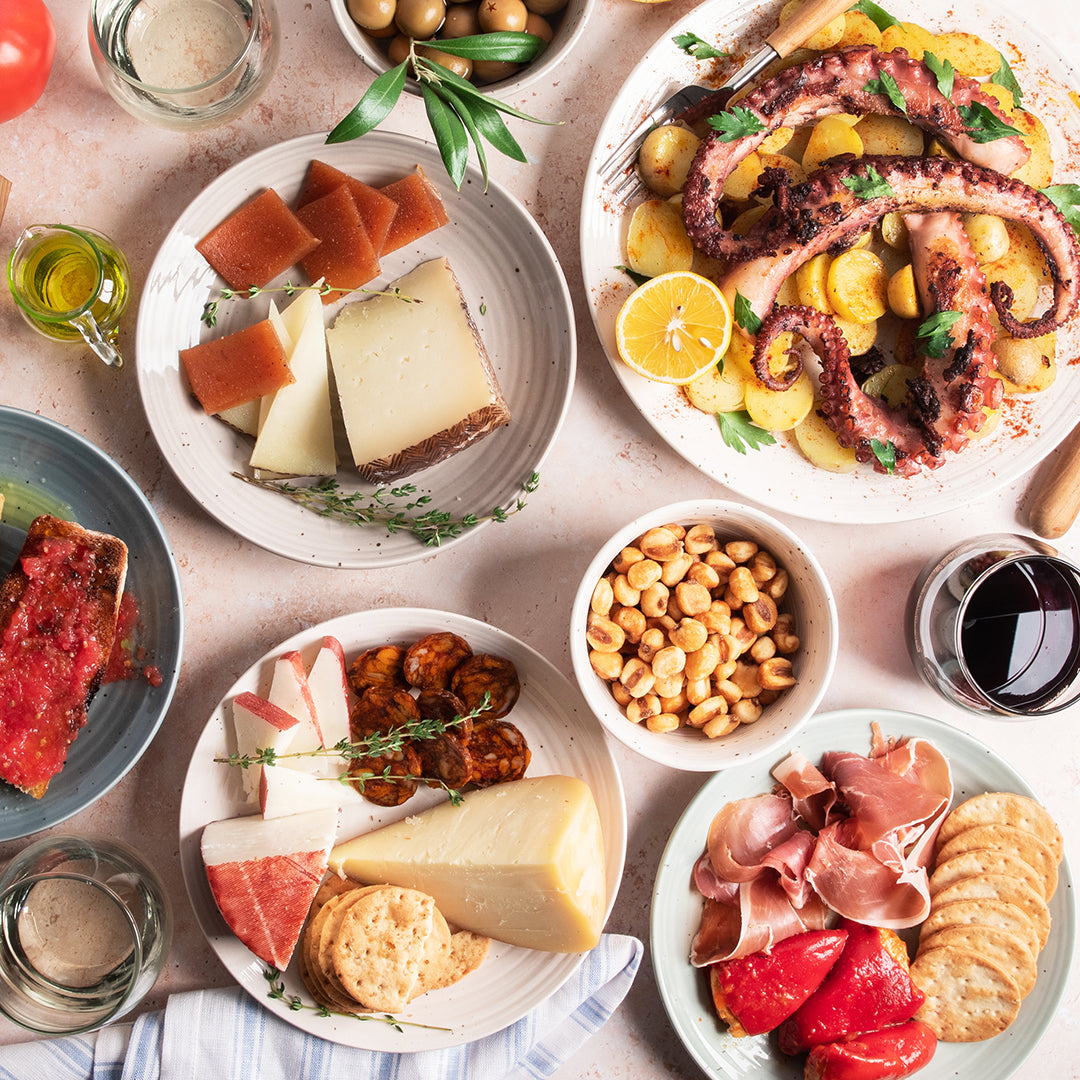Swedish Cuisine Guide
Canadian Cuisine Guide
June 12, 2019 | By Dave Mattingly
Canadian Food History
Traditional Canadian cuisine in Eastern Canada has strong British and American influences, while French regions of Canada such as Quebec have strong French influences on their foods. A French-Canadian specialty and now a fast-food available throughout Canada, Poutine is a dish of French fries, smothered in brown gravy and cheese curds. Tourtière also comes from Quebec, which is a meat pie traditionally made with diced pork and/or veal or beef, along with fillings such as potatoes. In Eastern Canada, especially in Quebec and the Maritimes, fiddleheads are harvested in late spring (sprouts of woodland ferns) for consumption as a vegetable. They are named so because they resemble the curly ornamentation at the edge of string instruments such as a violin (fiddle). Although available only for a few weeks in the spring, fiddleheads are high in antioxidants and are a good source of Omega 3 and Omega 6, fiber and iron. Similar to the New York bagel, Montreal Bagels were introduced to North American from Jewish immigrants from Poland and Eastern Europe. Baked in a wood-fired oven, the Montreal Bagel is smaller, sweeter and denser than the New York Bagel. In the provinces of Western Canada, influences can be seen from early explorers and settlers who made plain yet hearty meals making do with local foods that were available. Due to the immigrants who settled there, Western provinces of Canada see strong German, British, Ukrainian, Italian, Scandinavian and Polish influences in their foods. Large ranches and farms dominate much of landscape where barbecue, beef and corn dishes are popular, in addition to berries such as blueberries and saskatoon berries. The world famous Lumberjack's Breakfast (Logger's Breakfast) originated in 1870 in Gastown, Vancouver in order to provide sustenance for workers prior to a long hard day of labor. It consists of eggs, bacon, ham, sausages and pancakes. The native Inuit diet is reflected in Northern Canadian provinces which include locally fished, hunted and gathered food including walrus, seal, polar bear, caribou, birds and fish.
Canadian Food Traditions
Adorning the flag of Canada, Maple Syrup and its related products is a quintessential Canadian product. Produced for hundreds of years, the country's indigenous peoples taught early settlers how to harvest and boil sap to create Maple Syrup. Quebec, Canada is the world's largest producer of Maple Syrup today, responsible for 80% of the world's Maple Syrup production. Chinese influence is seen throughout Canada, whose traditional cuisine has been tailored to local Canadian tastes. The Chinese buffet originated in Gastown, Vancouver in the late 1800s. Originating in the 1970s, Ginger Beef, a candied and deep fried beef with sweet ginger sauce, has become a famous westernized Chinese dish in Canada. Wild game such as venison, moose, elk, white-tail deer and caribou is hunted throughout the country, though not commonly consumed in urban areas. Other animals such as bear and beaver may consumed by hunters or indigenous people but not by mainstream populations. Only about 5% of Canada's land is able to grow crops, yet large farms in the country produce grains such as wheat, barley, corn, and oats, allowing Canada to rank third in the world in grain exports. Livestock are also raised for export, in regions such as Alberta, Saskatchewan, and Manitoba.
Beer is the most popular alcoholic beverage in Canada, with large producers such as Labatt and Molson contributing to the growth of the Canadian beer industry. Ice beer originated in Canada instigating "ice beer wars" in the 1990s between top producers. Canada is also known for its ice wine, of which 75% comes from Ontario. Ice wine is a dessert wine made from frozen on the vine grapes. Minus 8 is a sweet vinegar made from ice wine grape must.
Canadian Cheese
Cheesemaking began in Canada in the early 1600s after the introduction of the first cattle to the country. Both French and English traditions are woven into Canada's cheesemaking heritage. Cheesemaking soon became established with French settlers making ripened cheeses based on traditional methods and recipes from their homeland, while British settlers introduced Canada to the distinctive characteristics of Cheddar cheese. In 1864, the first cheese factory opened in Ontario, and only a few years later, nearly 200 cheese factories were in operation. In 1893, the first cheesemaking school was founded in Saint-Denis-de-Kamouraska, Quebec, called the Institut de Technologie Agroalimentaire, dedicated to researching cheese-manufacturing techniques, chemistry, and nutrition. In 1901, the dairy school experimented with the production of Canadian Camembert and Feta, which did not impress the mild palates of this era. British influences were evident when Canadian Cheddar garnered top awards at the 1893 World's Fair in Chicago. During the same year, the Trappist monks of Oka, Quebec started manufacturing their famous creamy and nutty cheese inspired by French Port-Salut cheese. One of Canada's best known Cheddars, Black Diamond Grand Reserve Cheddar was introduced by Robert F. Hart in 1933, distinctively aged for a full two years. After World War II, there was a rise in immigrants in Canada, who would soon create a demand for cheeses from their home countries, such as Feta, Edam and Mozzarella, for Provolone, Munster and Raclette. In the 1990s, the artisanal cheese movement began to grow in regions of Canada, which specialized in hand-made cheeses including cheeses made from raw milk. Today, Canada upholds a reputation for producing the highest quality cheeses in part due to the strict quality standards on dairy farms and in processing plants throughout the country, over 80% of which are located in Ontario and Quebec. Over 700 varieties of the finest quality cow's, sheep's and goat's milk cheeses are produced in Canada today.
Canadian Maple Syrup
Adorning the flag of Canada, Maple Syrup and its related products is a quintessential Canadian product, as Canada produces over 80% over the world’s supply of Maple Syrup. Produced for hundreds of years, the country’s indigenous peoples traded an eventually taught early settlers how to harvest and boil sap to create Maple Syrup. During a brief period of time in early spring, Native Americans would slash the trunks of Sugar Maple trees, and collect the sap that ran out of the trees using buckets. Sap usually runs from a maple tree when the temperature reaches 40 degrees during the day after a night of freezing temperatures. The sap would be transported to "sugar houses" and then boiled since sap is approximately 98% water. The result was Maple Syrup, called “sweetwater” by Native Americans. Further heating turned sap into crystallized sugar. This was a labor intensive process as about forty gallons of sap are needed to make one gallon of Maple Syrup. The Sugar Act of 1764 imposed large tariffs on the importation of sugar, causing Maple Syrup to gain even more popularity. In the early days of Maple Syrup production, most producers were dairy farmers who made Maple Syrup during the farms off season for personal use or for extra income. In the 1800’s advancements were made to allow more efficient production of Maple Syrup, making it the most commonly available sweeter in North America for many years.
Today, while technology has changed dramatically, the process of collecting sap is basically the same. Tubing systems, large tanks and even vacuum systems are used to extract sap from maple trees, increasing yield of Maple Syrup. There are about 10,500 Maple Syrups producers throughout Canada mostly in Ontario, Quebec, New Brunswick, and Nova Scotia. Quebec alone is responsible for over 90% of Canada's Maple Syrup production. Canada exports Maple Syrup to over 40 countries worldwide, with the US being the main consumer of Canadian Maple Syrup and related products. Since 1990, Maple Syrup production has doubled thanks to advances in technology and equipment modernization.
Today, the natural foods movement has allowed Canadian Maple Syrup and other natural products like honey to become favored alternatives to processed cane sugar, in not only breakfast dishes and in sweets such as cakes and puddings, but also in stir-fries and other savory dishes such as maple-mustard glazed pork.
Canadian Mustard
While Mustard is one of the most important spice crops in the world today, it has been used for thousands of years, and mentioned as early as 3,000 BC in Sanskrit writings. Mustard is made by mixing whole, ground, or crushed mustard seeds with water, salt, lemon juice, or other liquids, and spices. Mustard may range from light yellow to dark brown in color. Egyptians chewed mustard seeds with meat, and in the 6th century BC Pythagoras believed mustard to be a cure for scorpion bites. Mustard has been used not only as a food but also for medicinal purposes in treating skin ailments, as an anti-fungal preparation, and an antiseptic, and also as a natural food preservative.
In 1936, Canadian Mustard production began in Western Canada. Less than 100 acres were planted in Alberta, Canada, and the mustard crops thrived in the prairie's warm and dry environment. The short growing season of three types of mustard seeds (brown, yellow and oriental) from the Brassica family of plants allowed diversification of crop production in Western Canada. The yellow mustard seed produces mild yellow mustard, while brown mustard seeds are smaller and used for spicier mustard blends such as whole grain and coarse mustards, while oriental mustard seeds are the hottest mustard seed.
Mustard crops were extremely successfully in Western Canada, grew exponentially, and by 1960, 150,000 acres of land were used in mustard crop production. Today, Canada is the world's largest exporter of Mustard, providing nearly 90% of the world's Mustard supply. The province of Saskatchewan produces most of Canada's Mustard thanks to its hot and dry summers.
In 1867, GS Dunn of Croydon, England opened the first Canadian Mustard mill in Hamilton, Ontario, a mill that still grinds nearly 60% of the world's supply of mustard flour (ground mustard seeds), used to make liquid mustard. Today, GS Dunn Dry Mustard Millers produces dry mustard products for export to over 50 countries throughout the world.
So much more than a condiment for sandwiches, hamburgers, hot dogs and pretzels, this sharp and pungent spice is a vital part of the culinary field. Canadian Mustard may be enjoyed with meats, cheese, vegetables, in spreads, dips, butters, salad dressings and much more. Canadian Mustards come in many varieties including spicy brown and Dijon mustards, where verjuice (the juice of unripened grapes) has been added instead of vinegar. Canadian Mustards may also have herbs or spices added, such as peppers, jalepenos, horseradish, may be sweetened with honey or fruits, or may have beer or spirits such as scotch, brandy or cognac added for flavor. A true classic Canadian Mustard is Kozlik's Amazing Maple Mustard with authentic Canadian Maple Syrup added for sweetness.
Canadian Desserts
Originating in the early 1900s in Ontario, the butter tart, made of sugar, eggs, butter, raisins and pecans is a pastry tart associated with English speaking provinces of Canada. Another Canadian favorite is the Nanaimo bar, named after the city of Nanaimo in British Columbia is a layered sweet bar wafer cookie topped with icing and chocolate. From Newfoundland comes Figgy Duff Steamed Pudding made of sugar, raisins, molasses and butter. Dessert in Canada could not be mentioned without including Maple Syrup based desserts such as the Maple Syrup Upside-Down Cake or a Maple Sundae.
Our gourmet Canadian Food selection includes Canadian cheeses such as Black Diamond Grand Reserve Cheddar, Red Leaf Cheddar, Super Sharp Quebec Vintage Cheddar, Oka, as well as Maple Syrup, Minus 8 Vinegar, ice wine tea and much more! When searching for Gourmet Food online, look no further than igourmet.com.






